Bold, dramatic, and remarkably flexible, black stucco has surged from niche statement to mainstream show-stopper, giving homeowners a way to sharpen architectural lines, cloak minor surface flaws, and spotlight natural surroundings all at once. Its low-sheen texture reads like velvet at dawn yet mirrors passing clouds after rain, so the façade feels alive rather than flat. When paired with today’s fiber-reinforced, UV-stable formulations and a sensible maintenance plan, it resists cracking, fading, and moisture intrusion—all while boosting curb appeal and long-term value.
1. Modern Minimalist Black Stucco Geometry
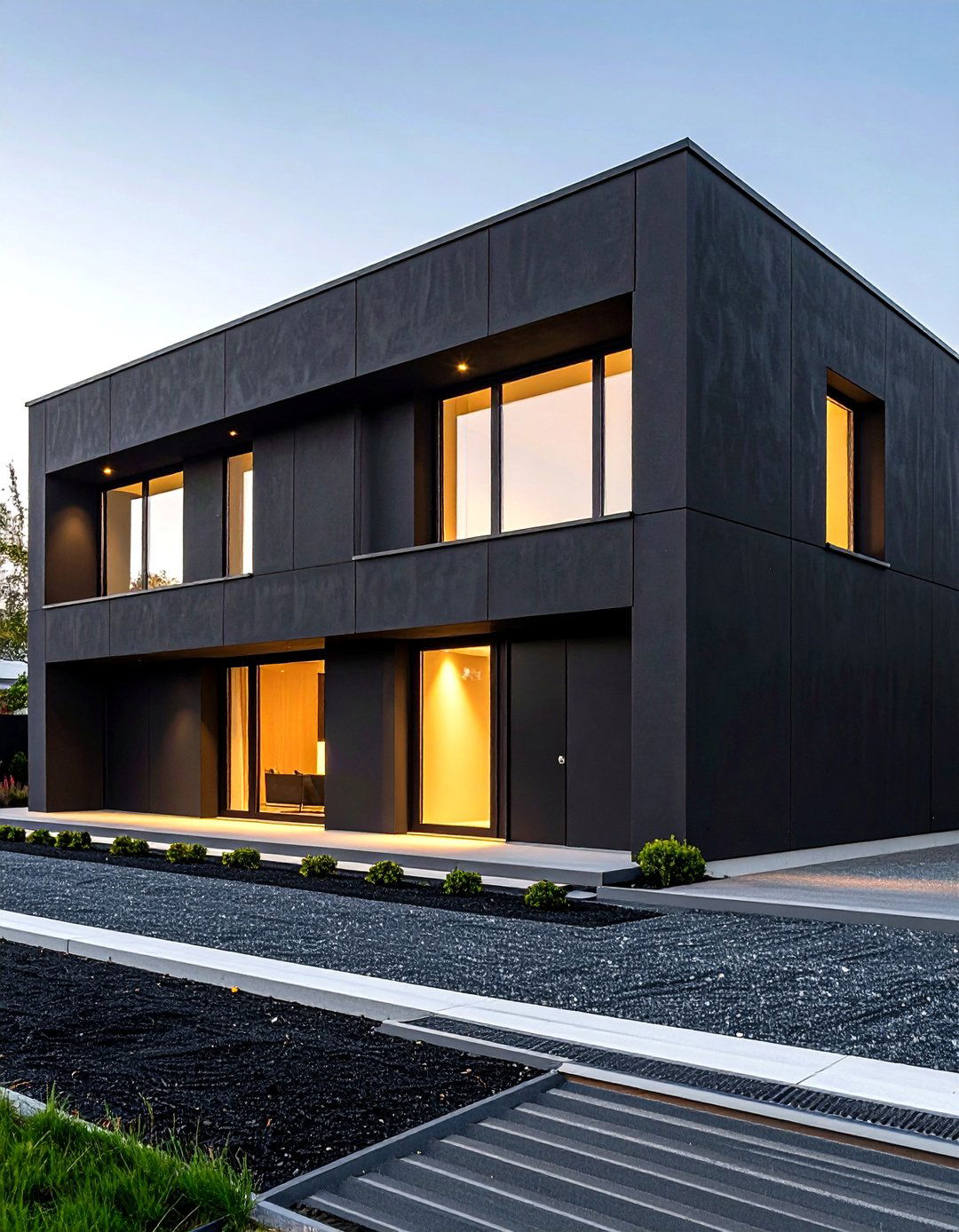
A slab-like silhouette wrapped in uninterrupted black stucco instantly signals modern minimalism. Set parapet walls just above a flat roof, skip eaves, and recess windows so their frames disappear into shadow—the façade reads as a single sculpted mass. Contractors often specify fine sand-float rather than slick trowel for subtle texture that hides fingerprints while still looking sleek. Add continuous exterior insulation behind the stucco to keep indoor temperatures stable and prevent thermal bridging on hot days. A recessed linear drain at grade keeps splashback off the wall and foundation.
2. Black Stucco with Warm Natural Wood Accents
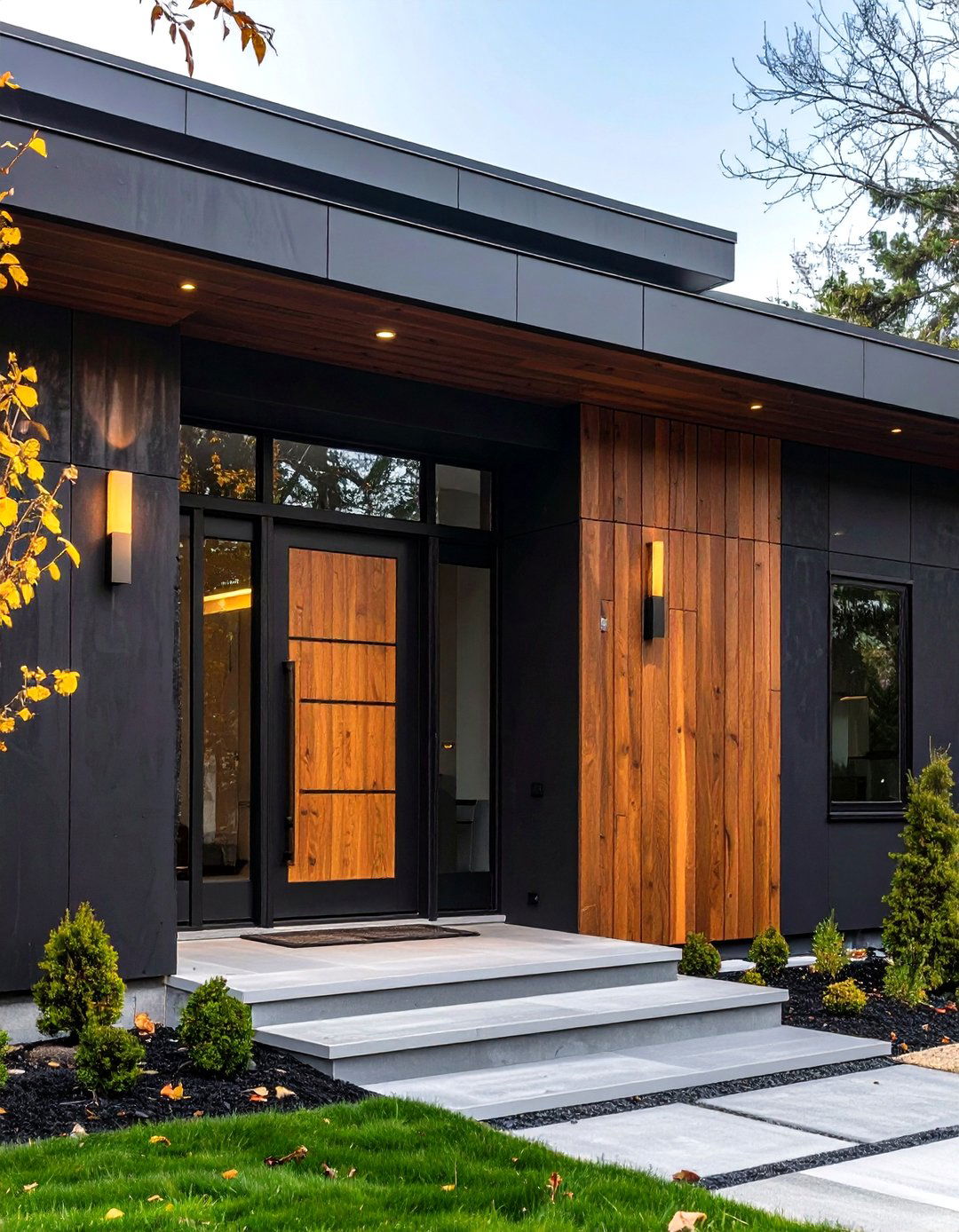
The allure of black stucco multiplies when it meets the honey tones of cedar, ipe, or reclaimed oak. Juxtapose charred-look render with vertical wood slats at entry portals, soffits, or balcony guards; the natural grain softens the darkness while adding Scandinavian warmth. Builders recommend concealed stainless fasteners and a rainscreen gap behind the timber so moisture can vent away from the stucco layer. Accent the palette with bronze hardware or a chunky timber bench, and finish edges with color-matched drip caps to stop tannin stains. Occasional oiling of the wood keeps colours rich, while the stucco needs only an annual hose wash.
3. Black Stucco Meets Matte Metal Roofing
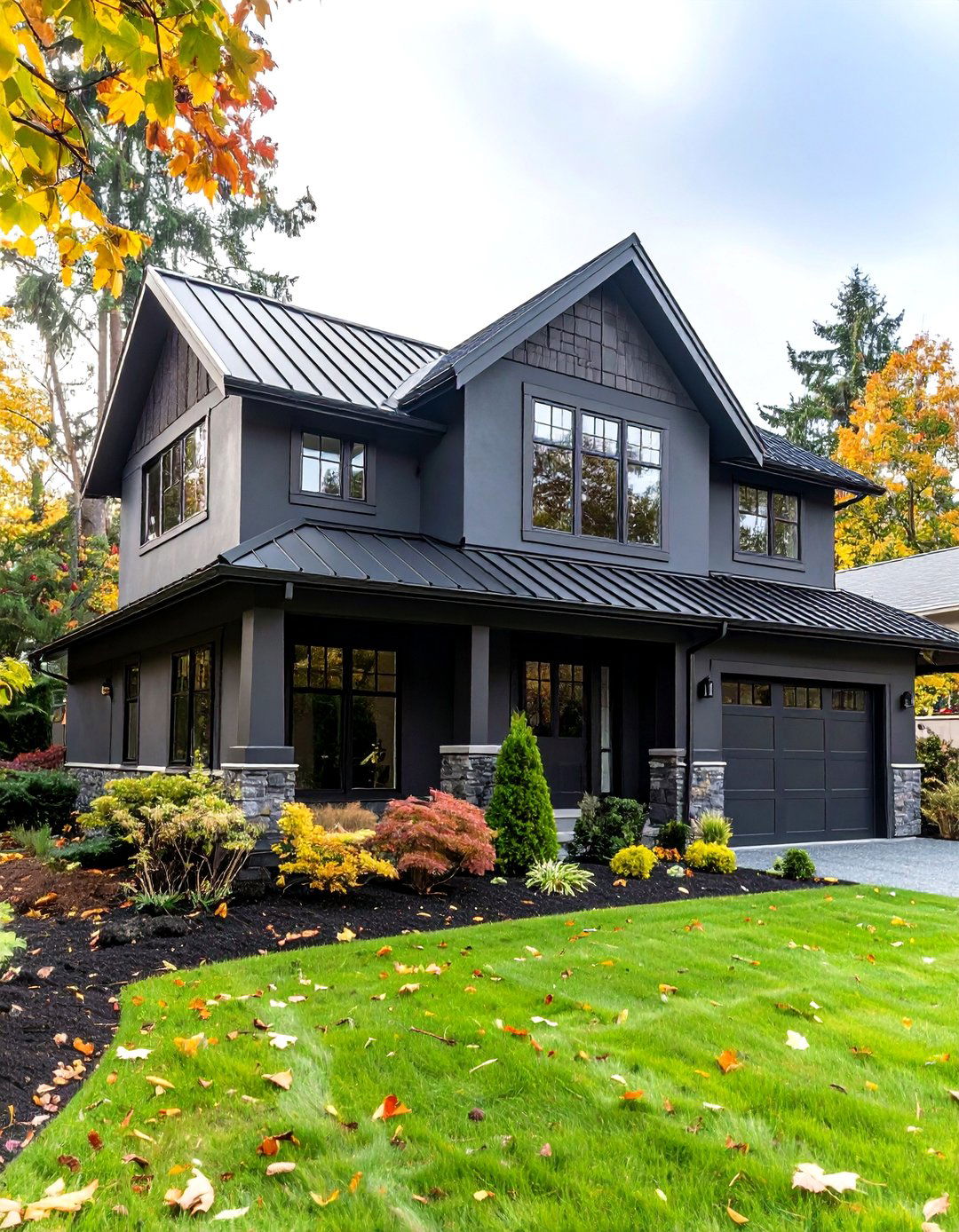
Unlike lighter palettes, black stucco pairs beautifully with low-profile standing-seam metal roofing finished in the same matte ebony. Align the roof seams with window mullions for a crisp rhythm from soffit to sill. Metal’s high solar-reflectance index offsets some of the heat absorbed by the walls, helping attic spaces stay cooler. An ice-and-water shield underlayment plus proper venting prevents condensation where cool metal meets warm air. Touch-up kits keep scratches invisible, and a narrow stainless gutter disappears against the façade, preserving the monolith. For extra resilience, add self-healing sealant at panel laps.
4. Black Stucco Farmhouse with Crisp White Trim
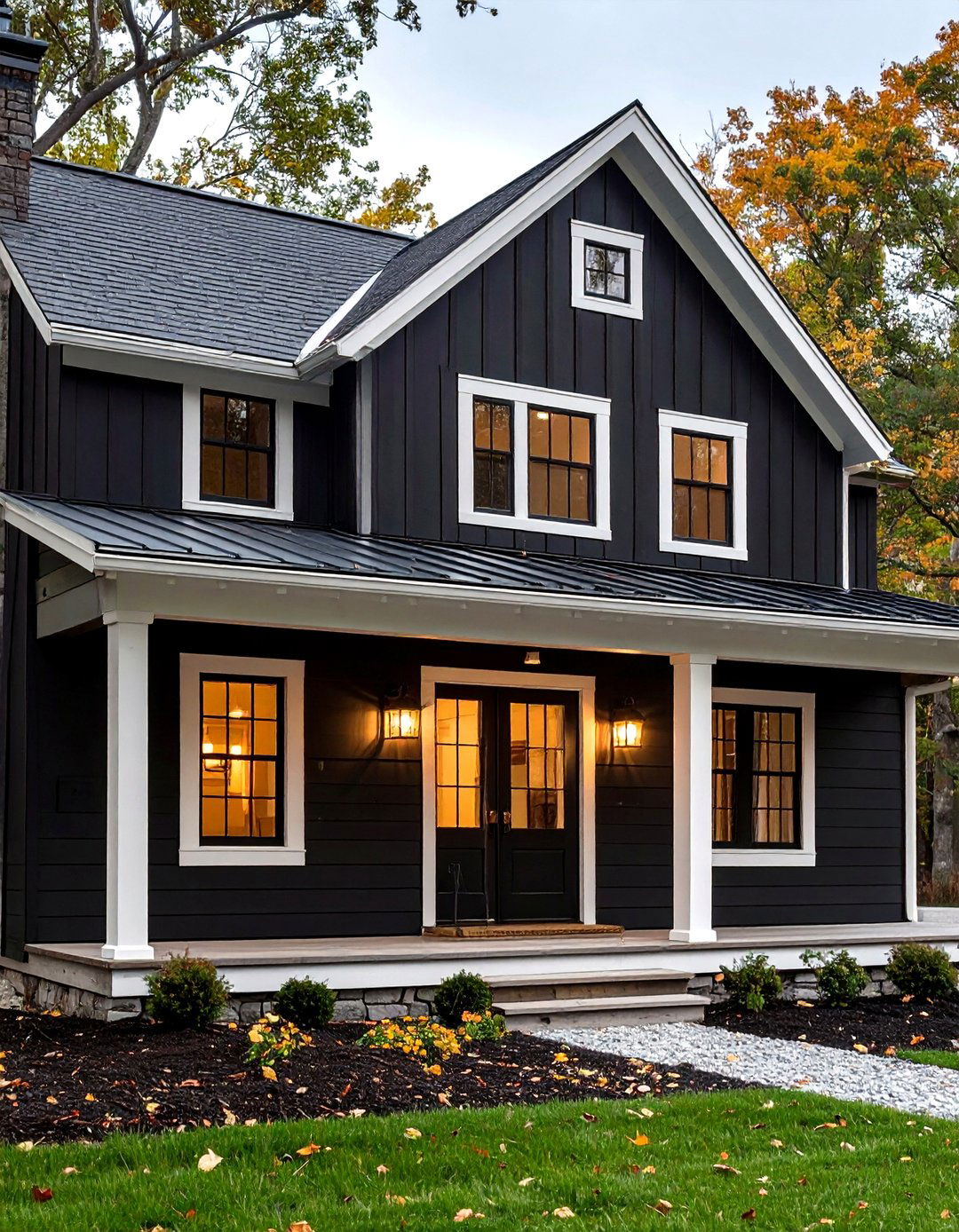
For homeowners who crave farmhouse charm without going full white, a black stucco body capped with bright white trim and window grids strikes the perfect balance. The contrasting frames pop like picture mats while the dark field hides everyday dust. Choose a UV-resistant trim paint so the lines stay sharp against intense sun, and reinforce rural cues with galvanized barn lights and a reclaimed timber porch beam. Because white reflects light, it keeps vulnerable corners cooler—reducing hairline cracks. A periodic cleaning with mild soap keeps both colours fresh.
5. Black Stucco and Stone Base Blend
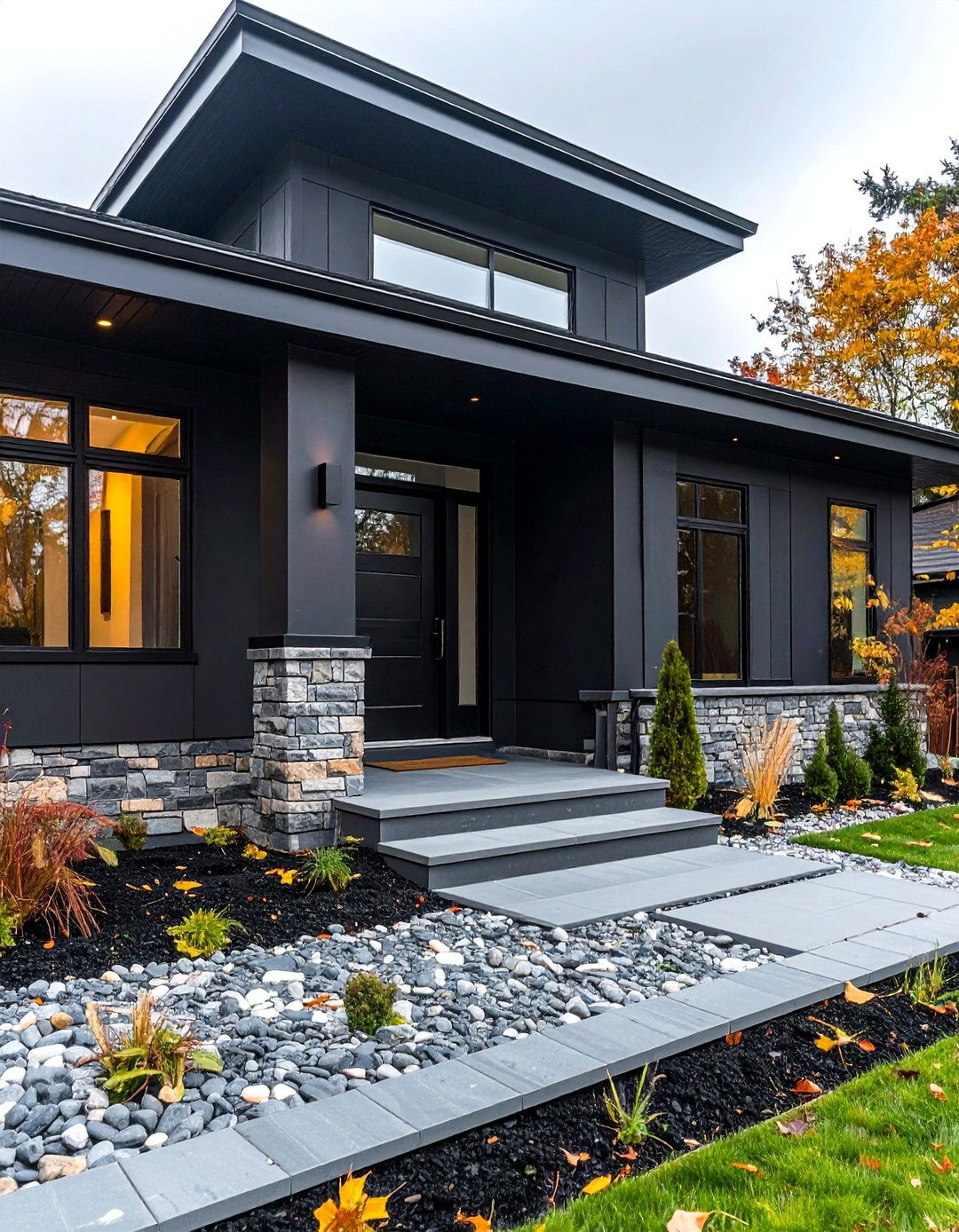
Stone skirting grounds black stucco visually and shields it from snowplows, lawn tools, or errant soccer balls. Stack ledgestone to sill height or wrap only columns for a lighter touch; the texture and varied hues relieve potential flatness. Use through-colour stucco above so chips reveal the same pigment, blending seamlessly with rugged stone. Designers often echo the stone in walkway borders for cohesion, and a permeable gravel strip manages runoff while discouraging soil splash. Frost-resistant mortar ensures joints survive freeze-thaw cycles.
6. Black Stucco with Copper or Zinc Highlights
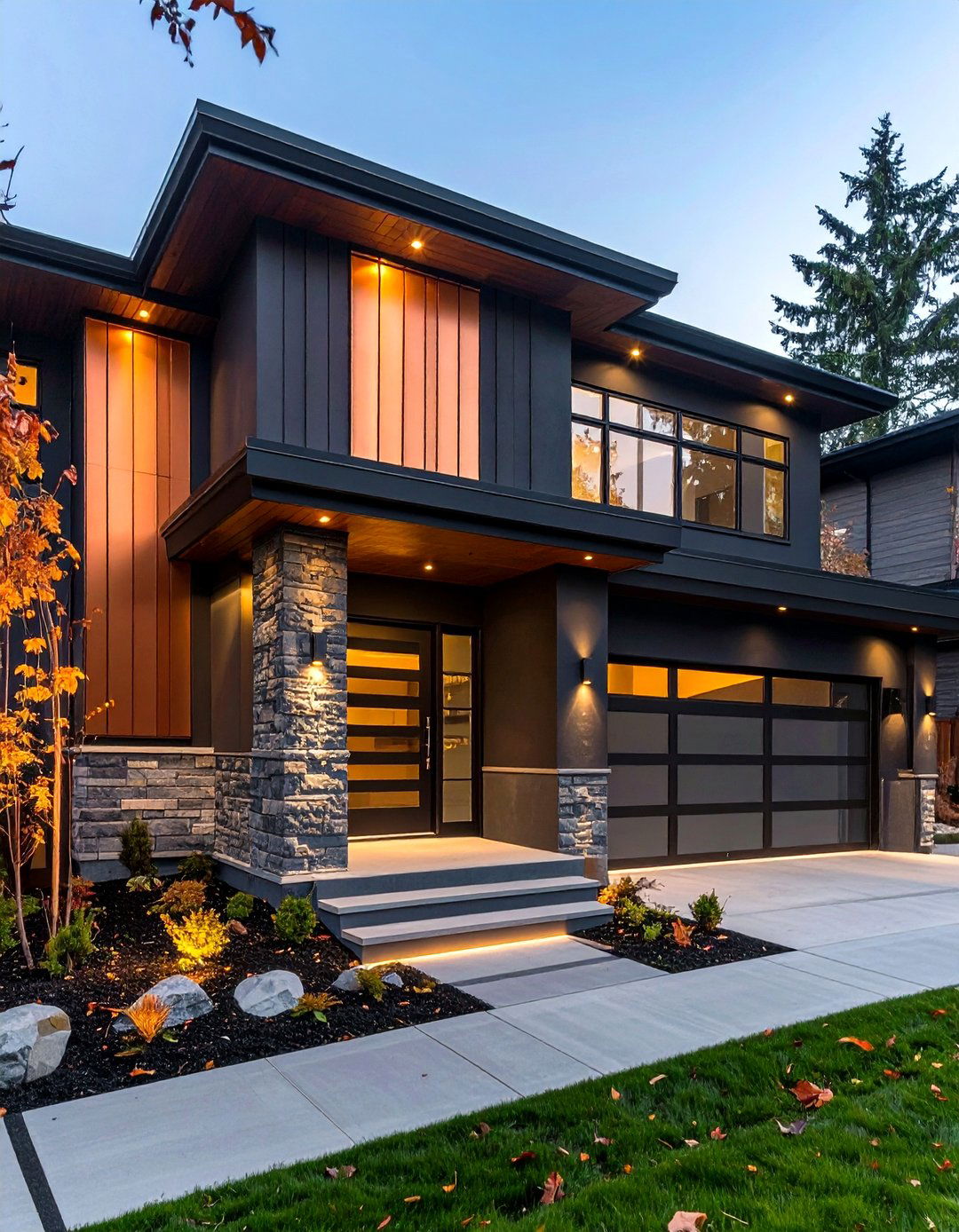
Copper or zinc accent panels sing against velvety black stucco, aging into rich patinas that tell a story over decades. Install vertical fins around clerestory windows or recessed address plaques for subtle luxe. Include slip joints and back-vented cavities so differential movement doesn’t stress the render. Rain naturally washes the metal, leaving maintenance as simple as clearing hidden gutters. LED strips under a copper cap cast a warm glow, turning the accent into a beacon after sunset. Annual fastener checks prevent galvanic issues.
7. Black Stucco Framed by Lush Greenery
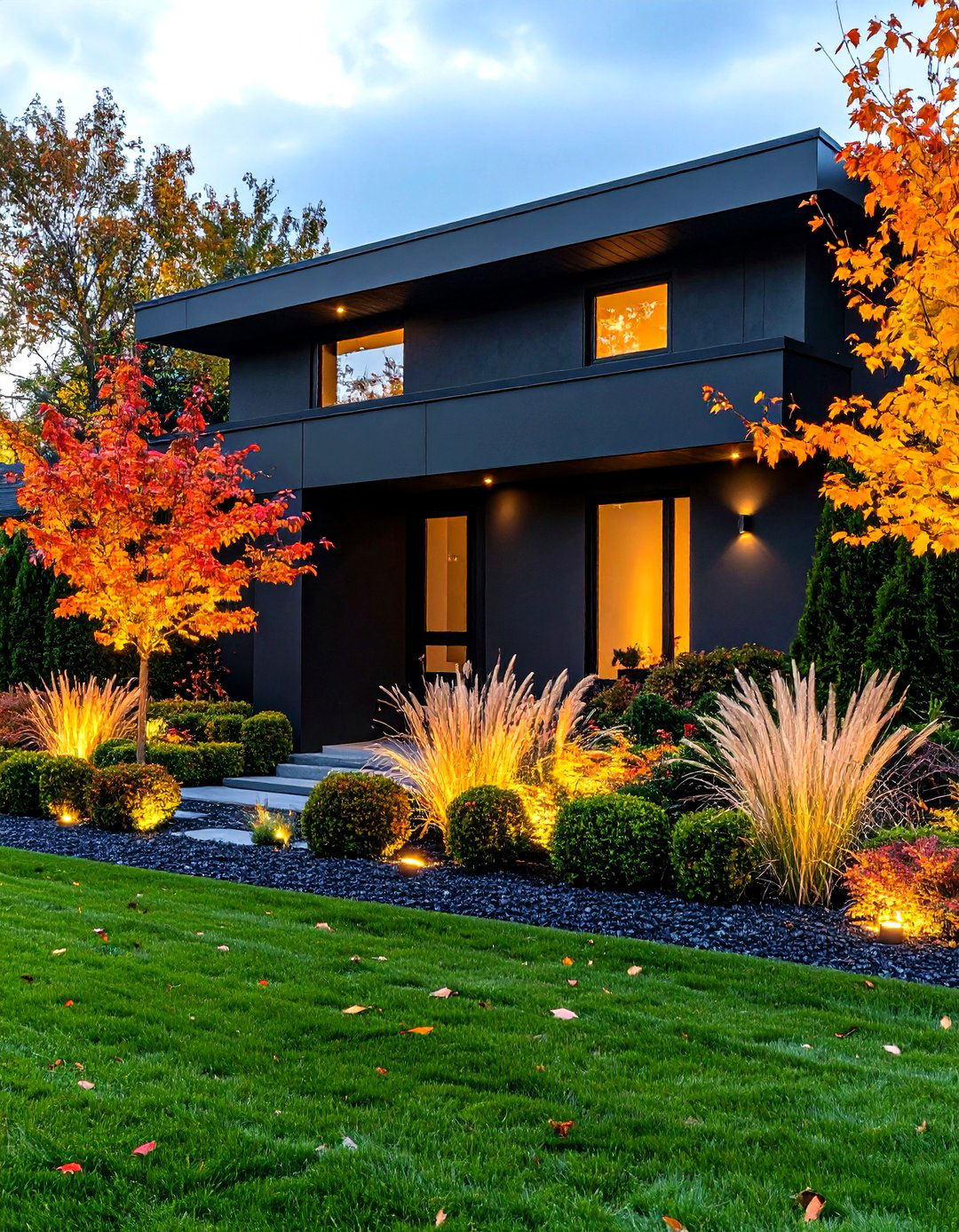
Bringing foliage close is an easy way to keep black stucco inviting rather than austere. Evergreen hedges, dwarf maples, or tall grasses frame the façade with living texture and seasonal colour. Maintain a two-inch air gap between plants and stucco to promote airflow and prevent trapped moisture. Drip irrigation protects the wall by minimising splash, and low-voltage uplights highlight both greenery and the stucco’s shadow play at night. A seasonal mulch refresh keeps weeds down.
8. Inner Courtyard Wrapped in Black Stucco
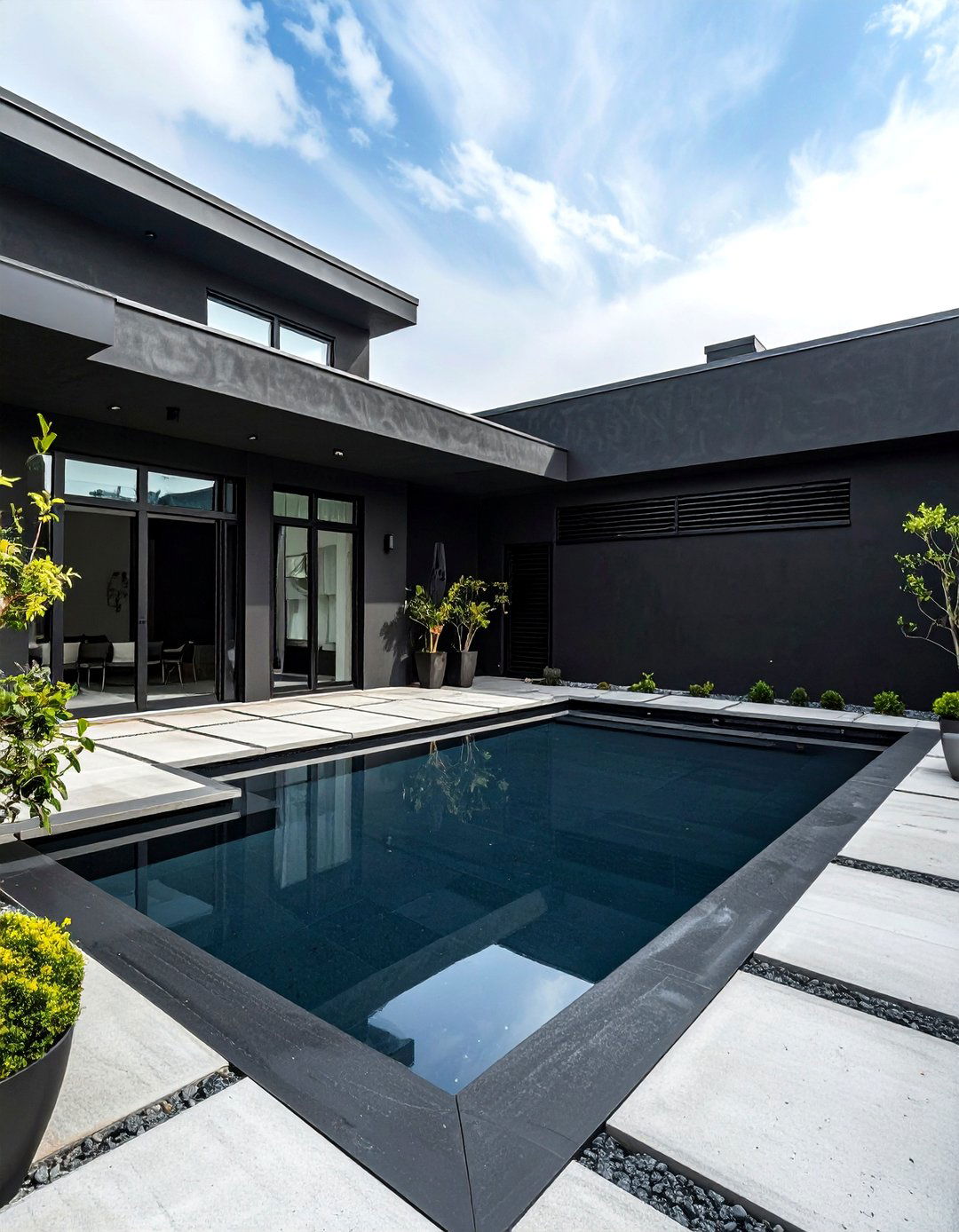
Looking inward, an enclosed courtyard lined in black stucco becomes an atmospheric retreat where sunlight carves bold geometric shapes each day. Finish opposing walls in different textures—smooth on one side, combed on the other—so each catches light uniquely. Simple concrete pavers or a reflecting pool let the walls take center stage. Because courtyards can trap heat, integrate operable clerestory vents high on the perimeter to exhaust warm air. Evening candles or a recessed fire bowl reflect off the dark surfaces, turning the space into a dramatic lounge without extra décor.
9. Black Stucco Paired with Floor-to-Ceiling Glass
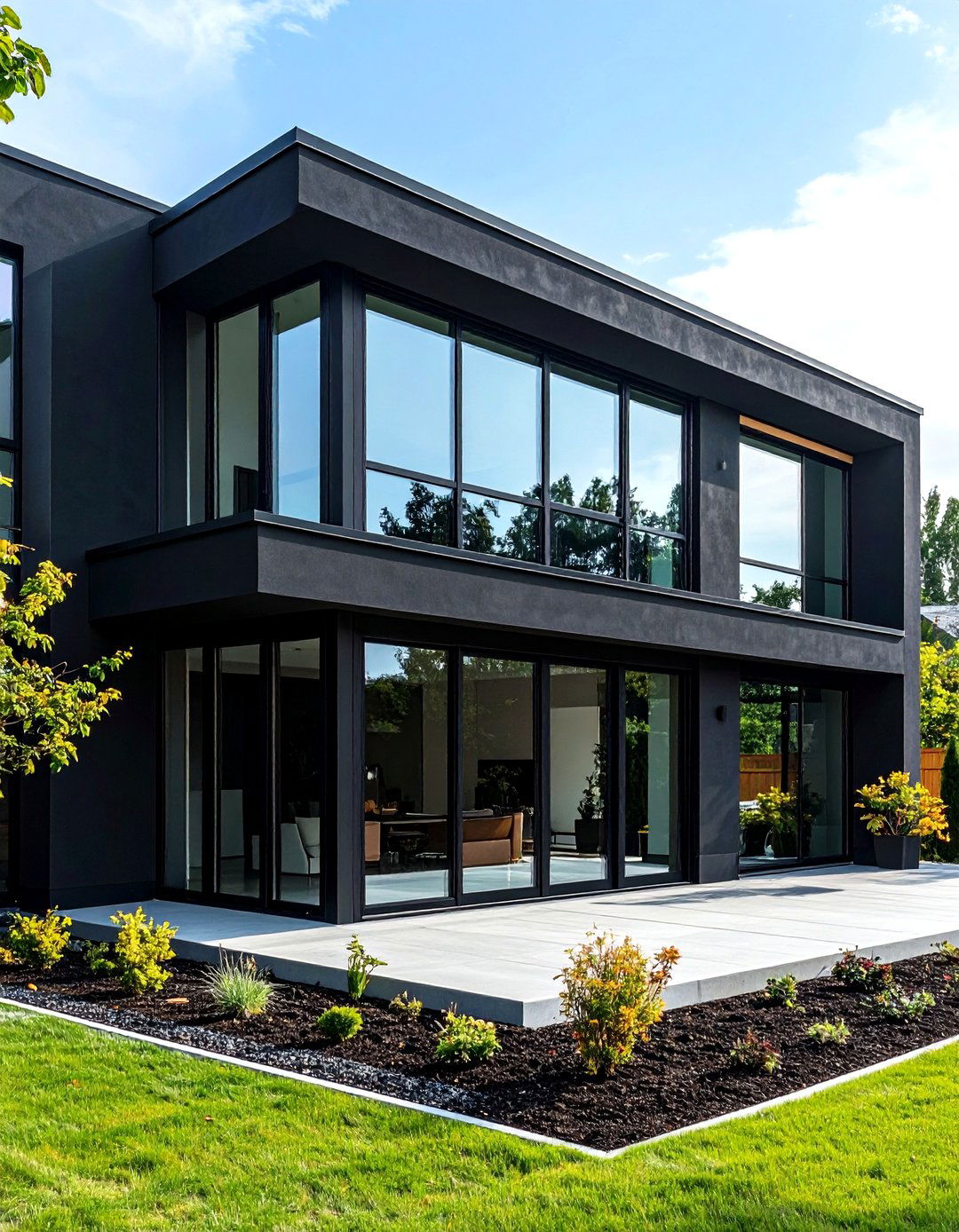
One ingenious way to avoid gloom is to combine black stucco with expansive glass, blurring the boundary between solid and void. Thermally broken aluminum frames in a near-black anodized finish let mullions disappear into the render. Low-E coatings and motorized shades manage solar gain, while concealed steel frames keep profiles slender yet wind-resistant. Matching sealant colour completes the uninterrupted ribbon, and annual inspections keep joints watertight. A retractable insect screen adds comfort without visual clutter.
10. Night-Ready Black Stucco and Strategic Lighting
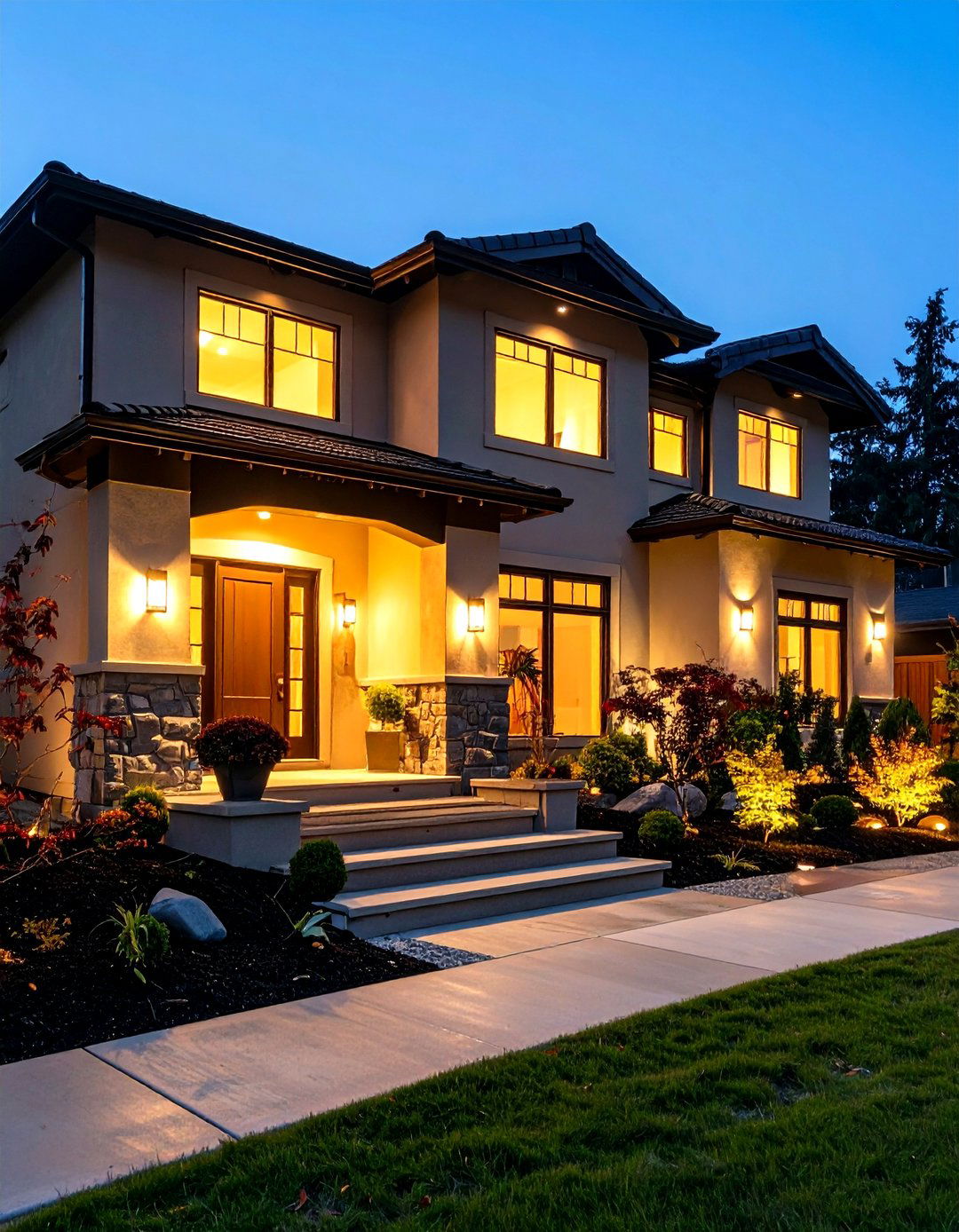
Take nighttime drama higher by layering wall-washers, step lights, and sculptural sconces that bounce warm LEDs across black stucco. Because darker walls absorb light, aim fixtures close to the surface and choose bulbs delivering at least 3 000 lumens for entry zones. Durable powder-coated housings blend with the façade by day, while a smart transformer with photocell and motion sensors keeps energy costs low and the walls glowing automatically when guests arrive. Replace bulbs every five years to maintain colour accuracy.
11. Textured Black Stucco for Subtle Depth
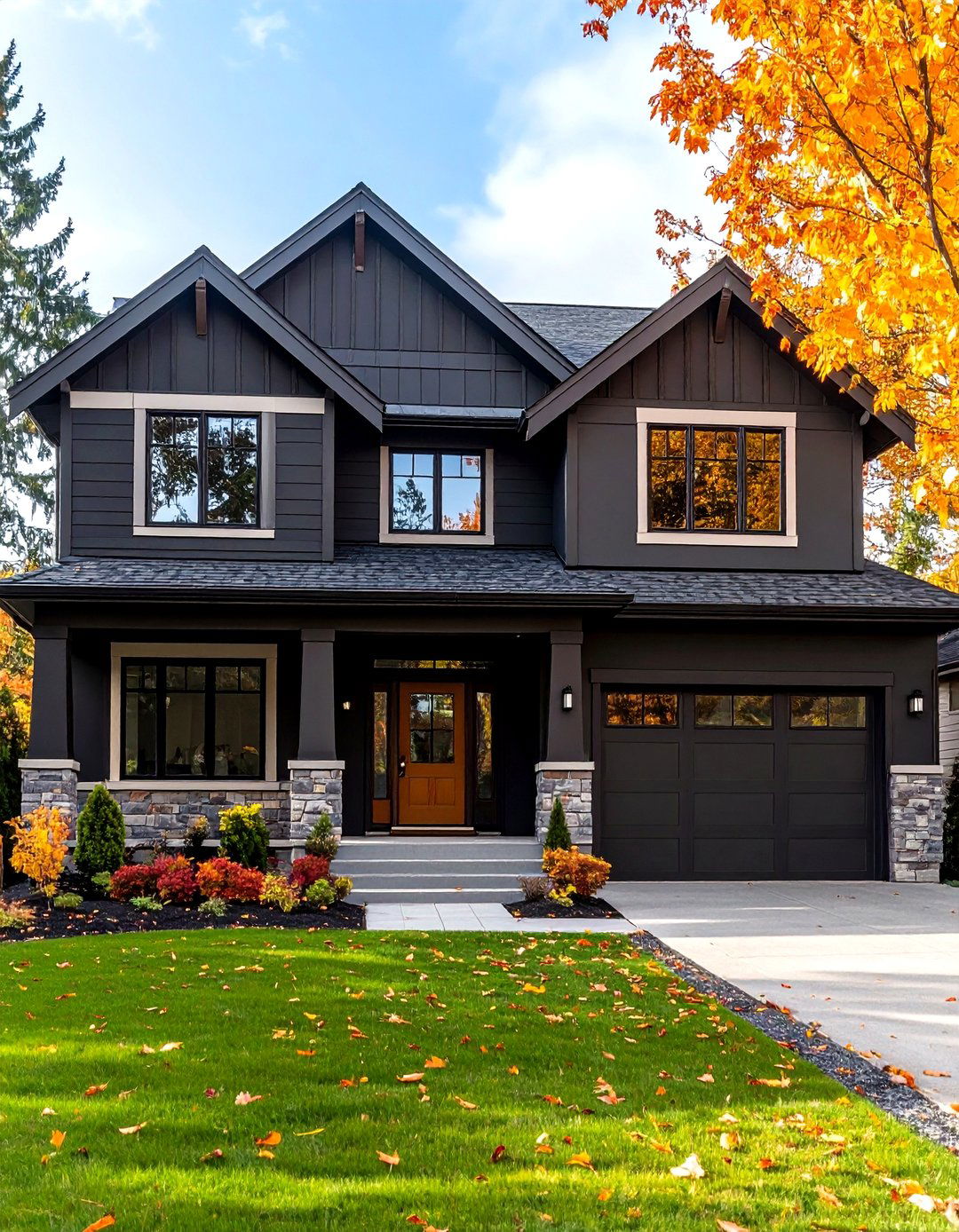
Consider alternating stucco finishes—smooth trowel bands, light dash texture, or skip-trowel swaths—to give black stucco subtle depth without changing colour. Mask each section with precision tape for laser-straight transitions, and break larger elevations with horizontal shadow reveals every eight feet to disguise expansion joints. After curing, a breathable siloxane sealer extends colour life and eases cleaning, leaving a façade that feels artisanal up close yet calm from the street. Regular seal checks ensure protection.
12. High-Performance Insulated Black Stucco Shell
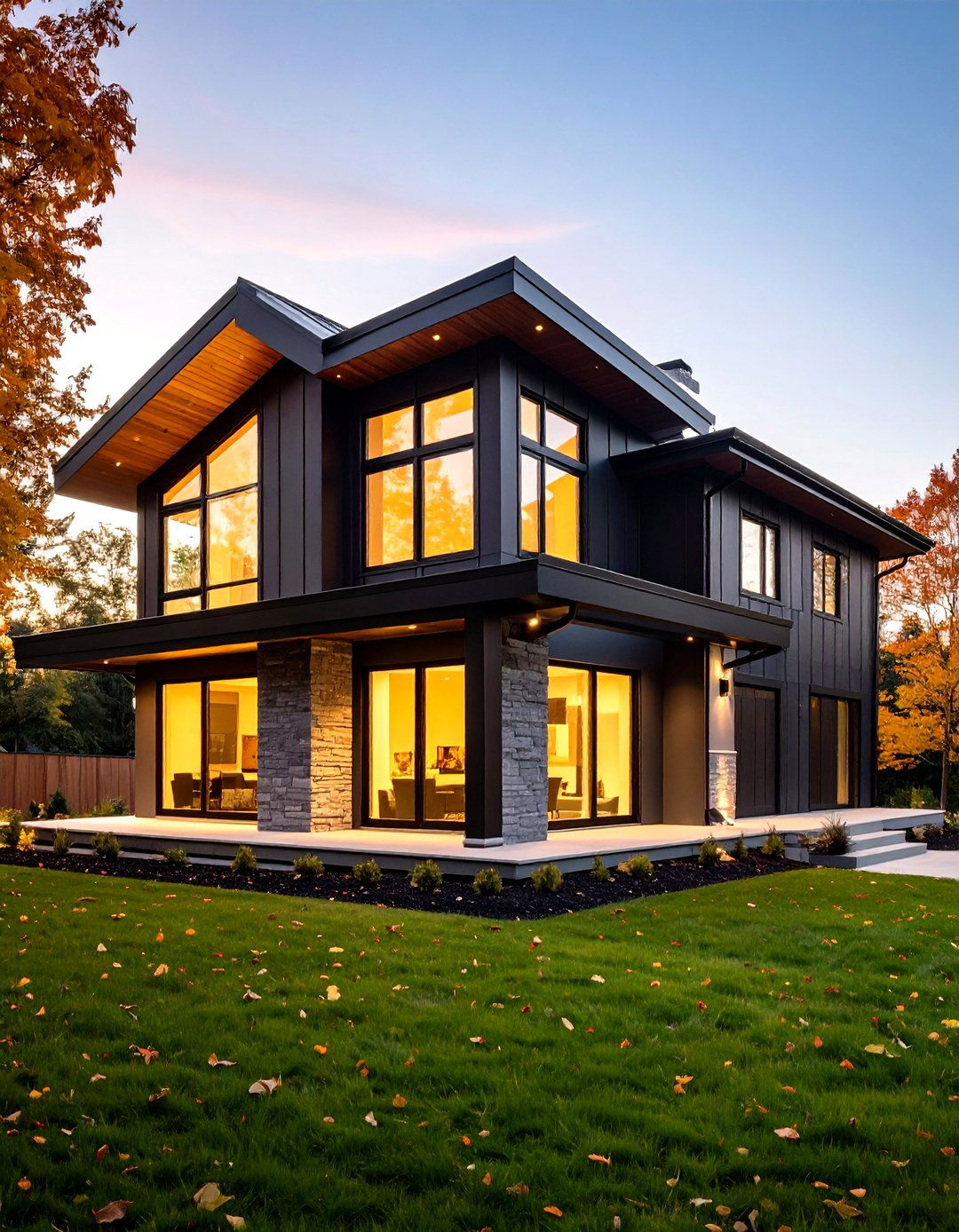
As dark walls absorb more solar radiation, a high-performance insulated black stucco assembly is critical to comfort. Continuous rigid insulation, a drainage plane, and UV-resistant finish coats keep interiors cool and the render crack-free. Roof overhangs or vertical fins shield south-facing expanses, while attic baffles whisk away accumulated heat. Smart thermostats paired with low-emissivity glazing further balance gains, proving that dark exteriors need not sacrifice efficiency. Adding a cool-roof membrane ups overall energy savings.
13. Coastal-Proof Black Stucco Finish
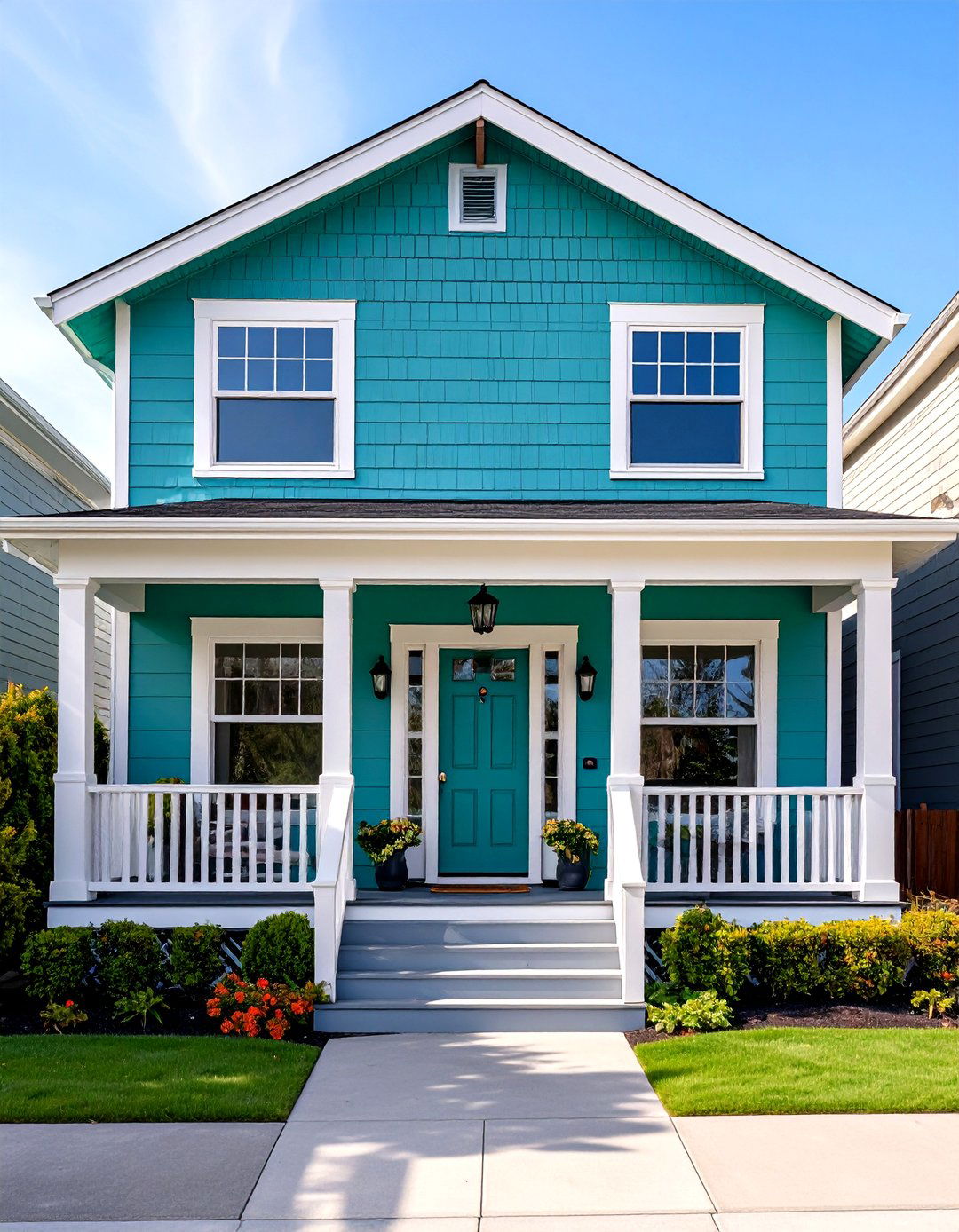
Despite coastal wind and salt spray, black stucco thrives with an elastomeric finish coat and a diligent maintenance routine. Soft washing twice a year, sealing hairline cracks promptly, and using stainless fasteners prevent rust streaks. Weep screeds and proper flashing let trapped moisture exit quickly, while a dehumidifying paint additive discourages mildew. The result is a brooding seaside statement that laughs at the elements rather than succumbing to them.
14. Compact Homes Elevated by Black Stucco
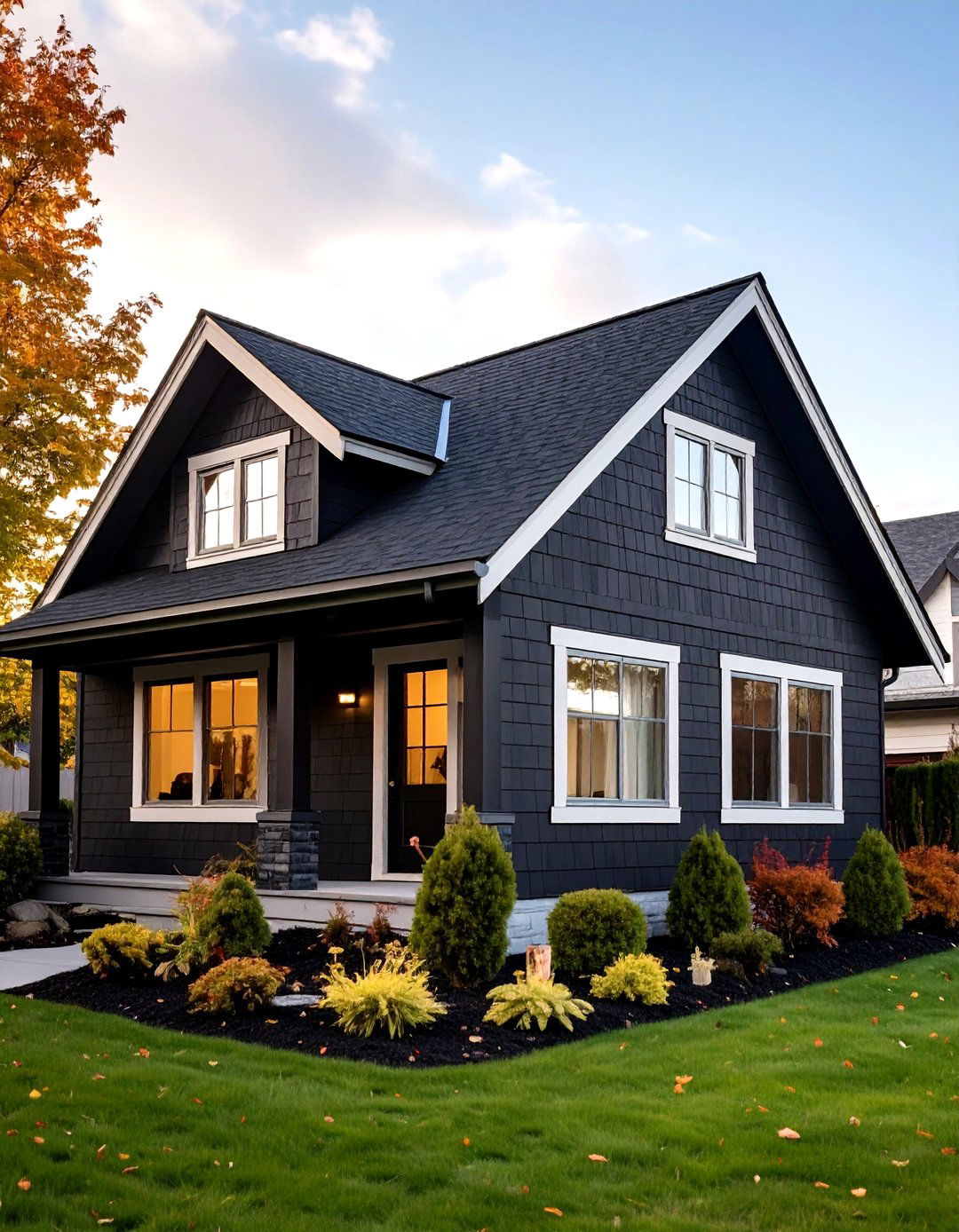
One clever trick for small lots is letting black stucco visually push boundaries outward. Dark walls recede to the eye, making compact cottages appear deeper and more sophisticated. Pair the colour with minimal trim and a low-contrast roof to avoid busy edges, and use equally bold interior accent walls to continue the illusion. Well-executed dark exteriors often earn higher listing clicks online, giving petite homes a competitive edge. Keep shrubs trimmed low so uninterrupted walls remain visible.
15. Shaded Pergolas Softening Black Stucco Facades
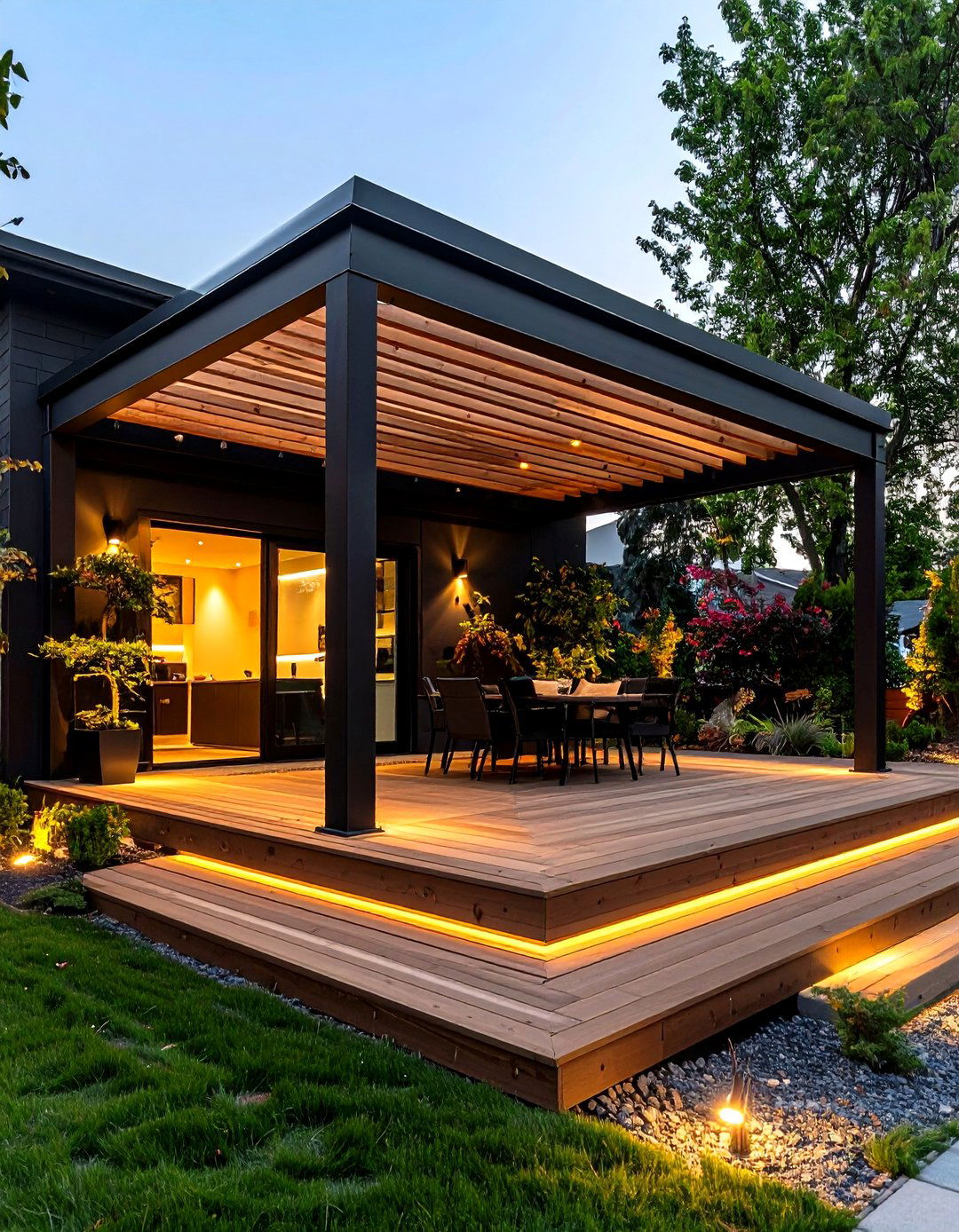
Certainly, generous shading devices like pergolas, brise-soleils, or adjustable louvers temper black stucco’s solar load while adding rhythm. Powder-coated steel frames echo the render’s hue, while cedar slats filter light. Angle slats 30° south to block high summer sun yet admit low winter rays. Integrated down-lighting turns the pergola into an evening dining area, and a small gap between structure and wall encourages cooling airflow. Add retractable fabric shades for adaptable coverage.
16. Mid-Century Revival in Black Stucco
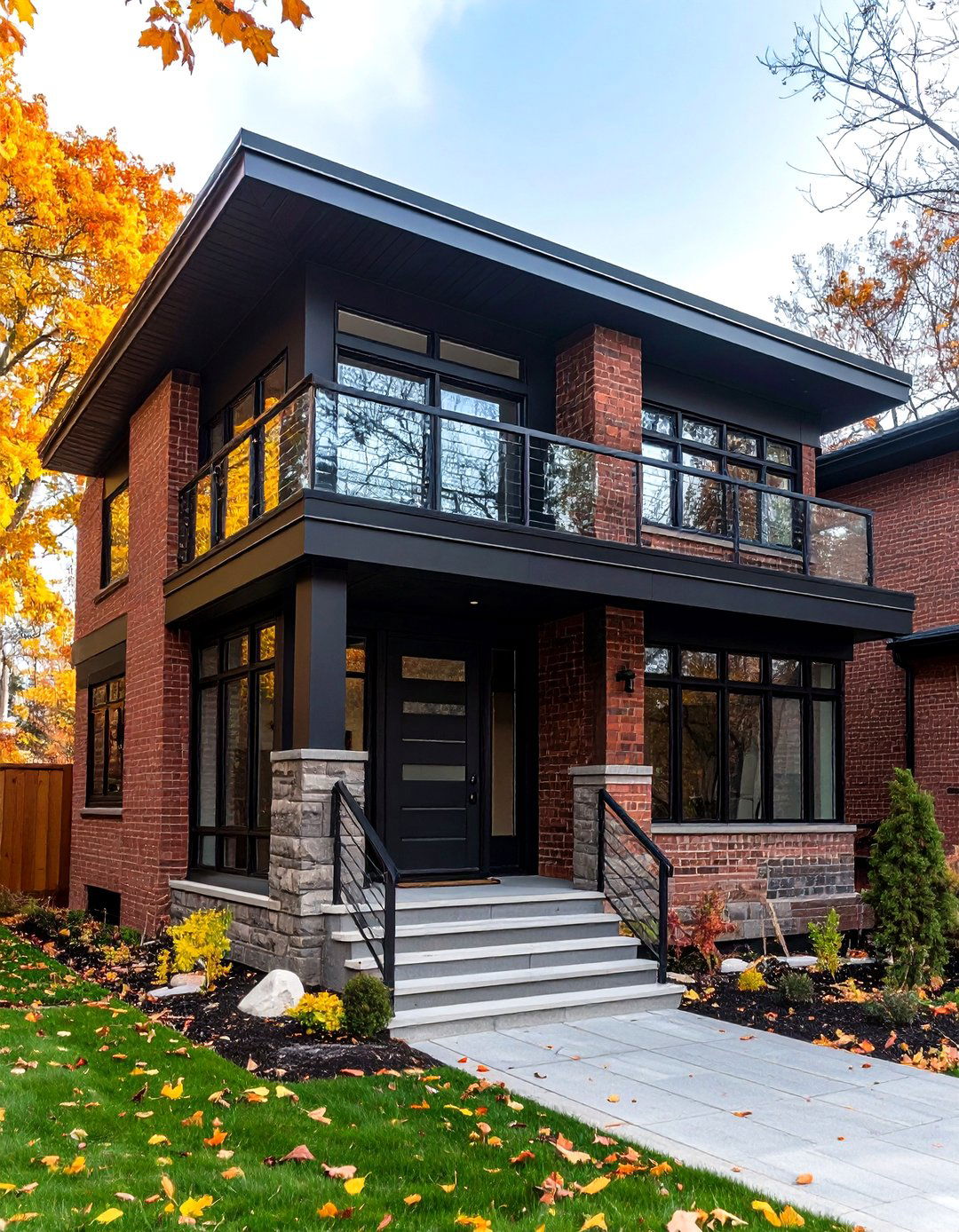
By breathing new life into mid-century brick boxes, a black stucco reclad erases mismatched additions and unifies geometry. Rigid foam underlayment plus a polymer-modified base coat bonds securely to old masonry, while horizontal clerestory windows keep the era’s hallmark. Swap dated rails for minimalist glass and install a bold pivot door to signal modern revival. The strategy costs less than demolition yet delivers a head-turning transformation—upgrading insulation simultaneously lowers energy bills.
17. Mixing Black Stucco with Board-and-Batten Siding
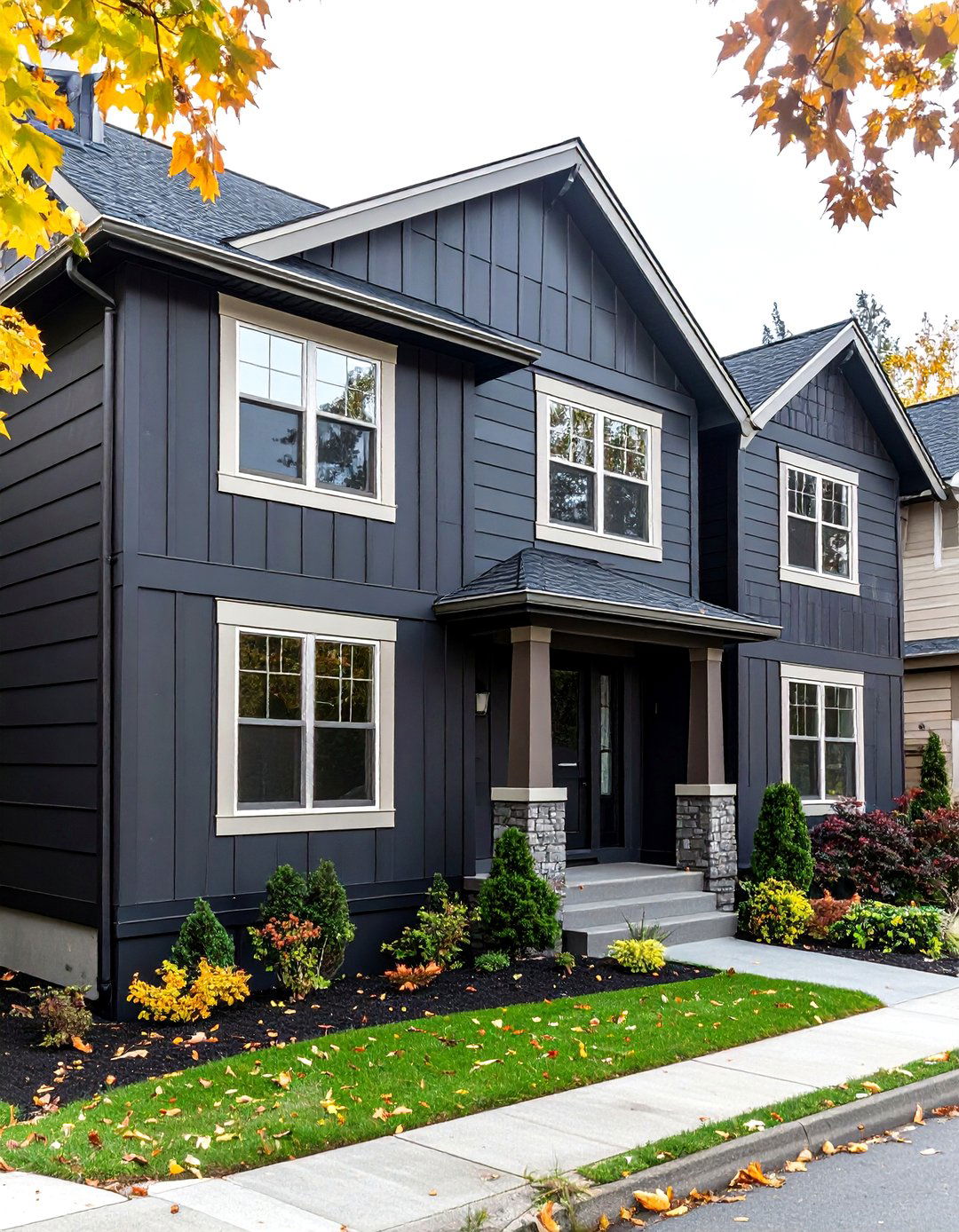
Those craving variety can flank black stucco with vertical board-and-batten fiber-cement panels or cedar shingles. Use stucco on primary masses and secondary siding on bump-outs for intentional contrast, separated by a horizontal reglet that allows independent movement. Coordinating matte sheens keep the façade cohesive, and repeating the secondary siding inside on a feature wall boosts continuity. Repainting every decade maintains a unified tone.
18. Desert-Inspired Black Stucco with Metal Awnings
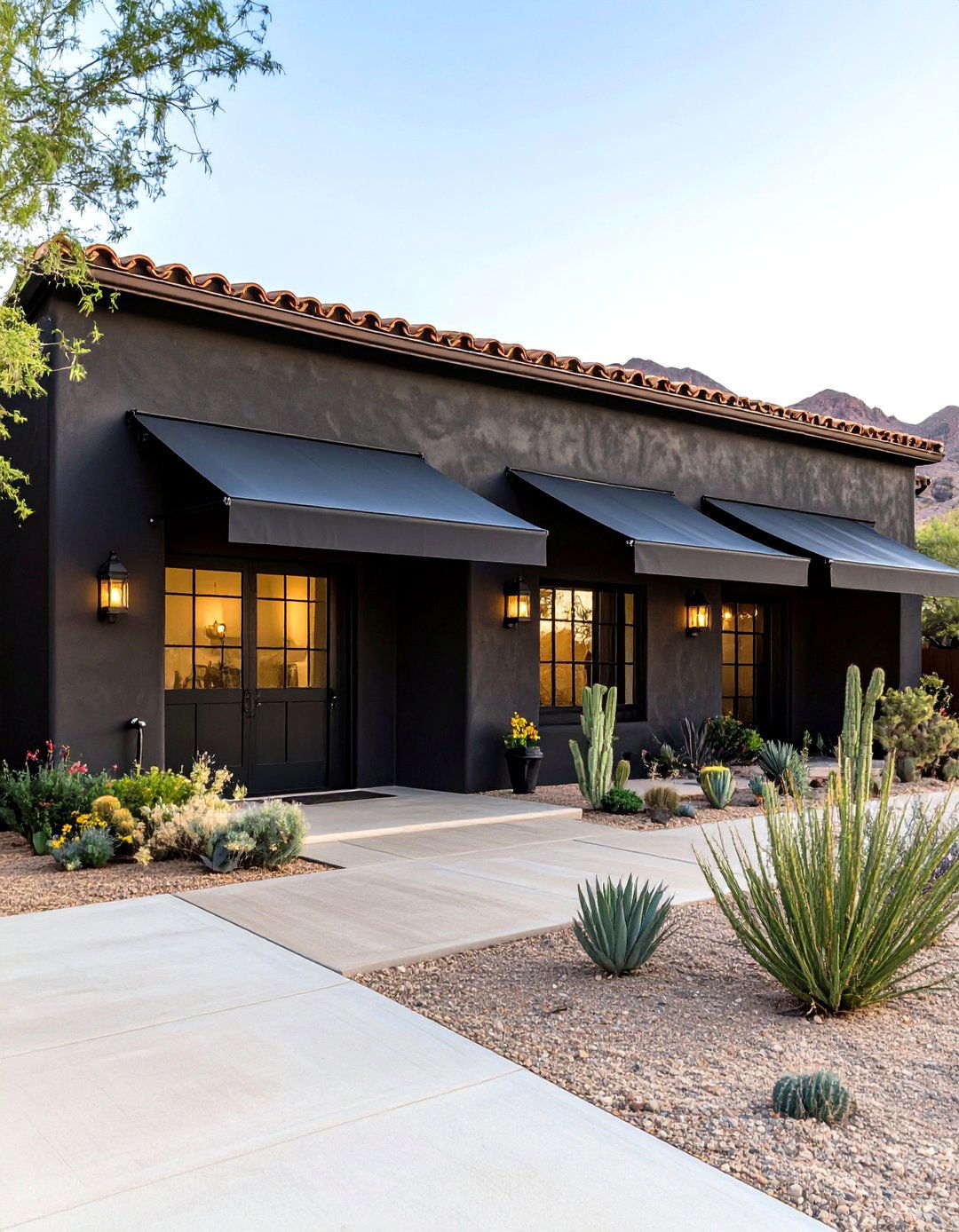
In arid regions, a black stucco volume shaded by deep metal awnings creates a moody oasis while handling intense sun. Sloped charcoal awnings divert rainfall and provide mounting points for down-lighting, while a pale concrete forecourt balances glare. Plan a hose bib and broom closet nearby for easy dust rinsing, and reseal annually to combat micro-cracking from temperature swings. LED strip lights outlining awning edges add after-dark ambience.
19. Vibrant Door Colors on Black Stucco Backdrops
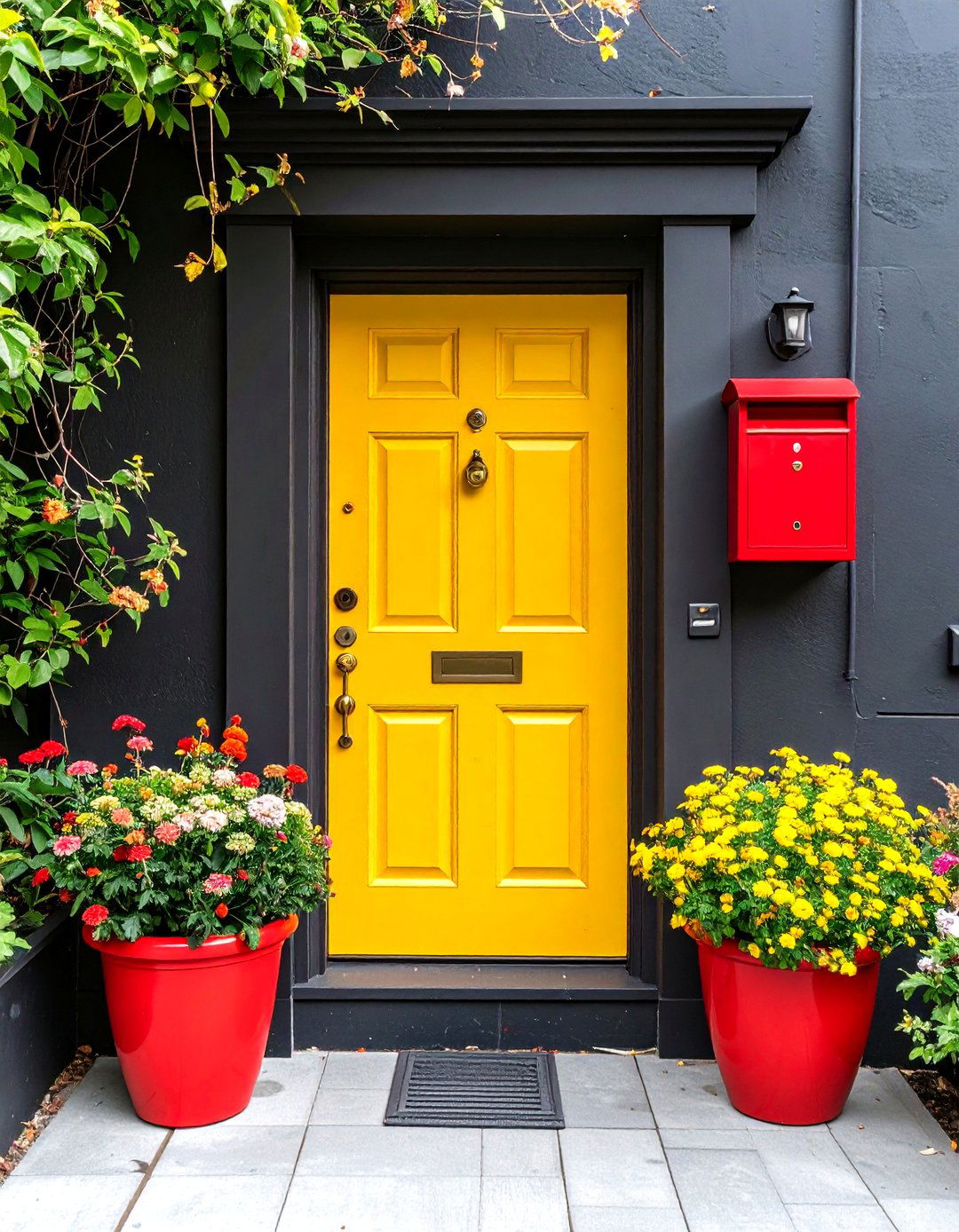
What better way to celebrate personal style than by framing a saffron, teal, or tomato-red door against stately black stucco? High-gloss, UV-stable paint keeps the hue saturated, and repeating the colour on planters or mailbox numbers ties the entry together. A satin brass pull-bar underscores the artful vibe, while monthly hardware wipes maintain brilliance. The bright pop counters any foreboding and gives the façade instant social-media appeal.
20. Solar-Friendly Black Stucco Roofline Integration
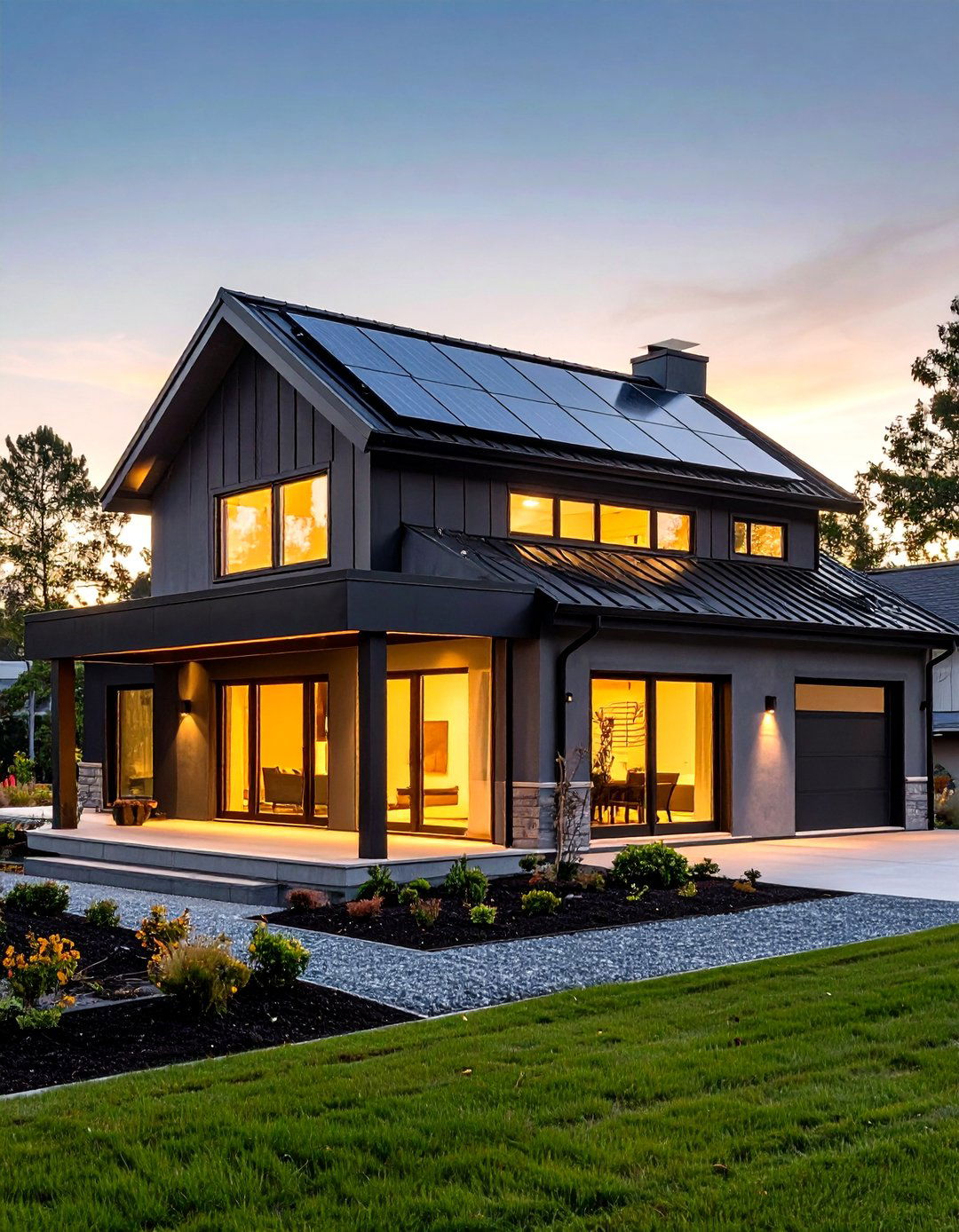
Finally, low-pitch roofs wrapped in black stucco parapets perfectly hide rooftop solar arrays, letting panels work without visual clutter. Matte stucco reduces reflected glare onto panels, marginally improving efficiency. Ensure stanchions penetrate the roof deck (not the parapet) and flash joints meticulously to avoid leaks. A monitoring app tracks output and cleaning schedules, and bird guards keep wiring safe. Rebates often offset installation costs nicely.
Conclusion:
Black stucco may seem daring, yet these twenty approaches prove it adapts to minimalist cubes, coastal retreats, and everything between—delivering striking aesthetics, durable performance, and measurable resale gains. When detailed with proper insulation, texture, lighting, and complementary materials, the dark render balances drama with practicality, inviting you to let black stucco write your home’s next unforgettable chapter.


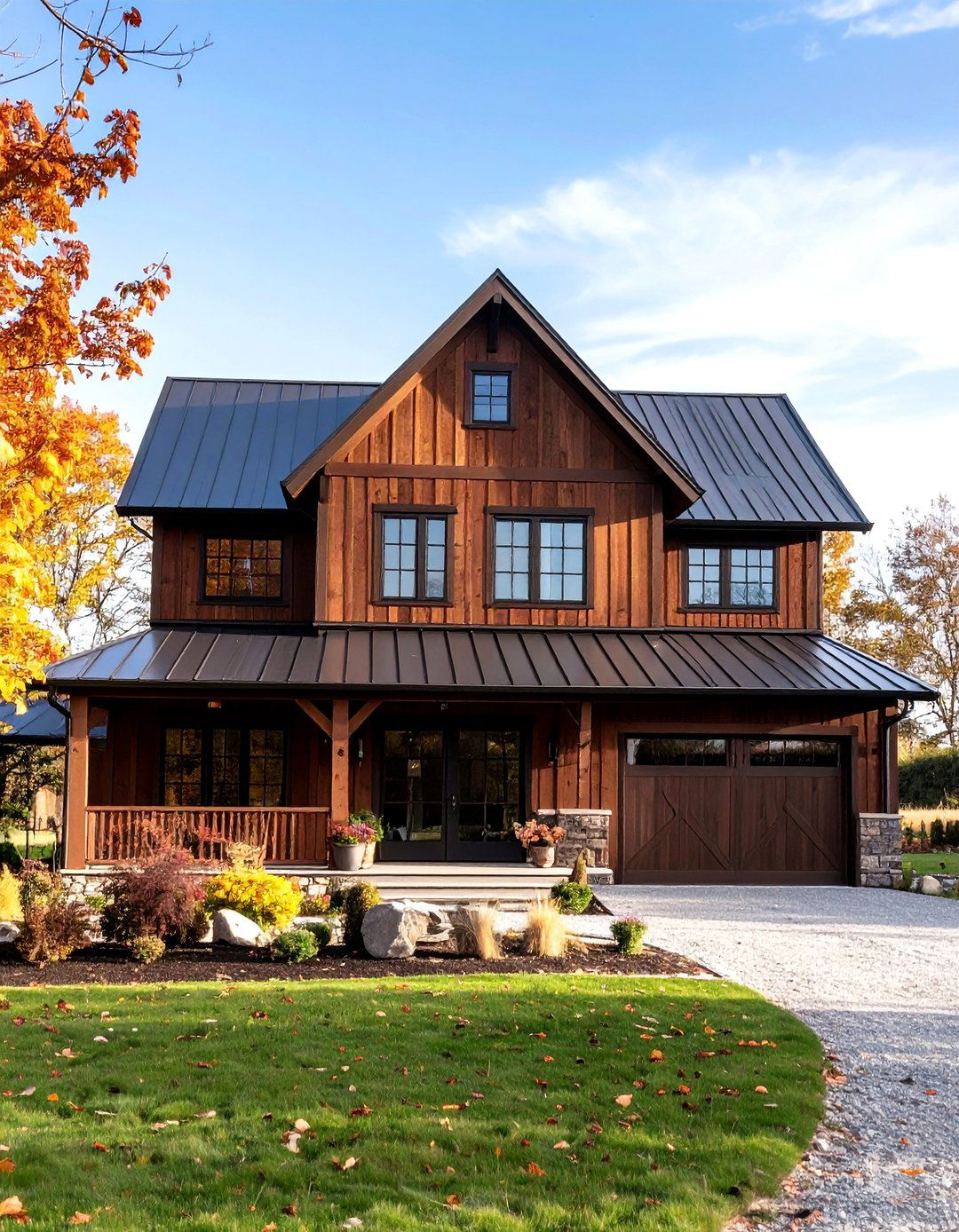
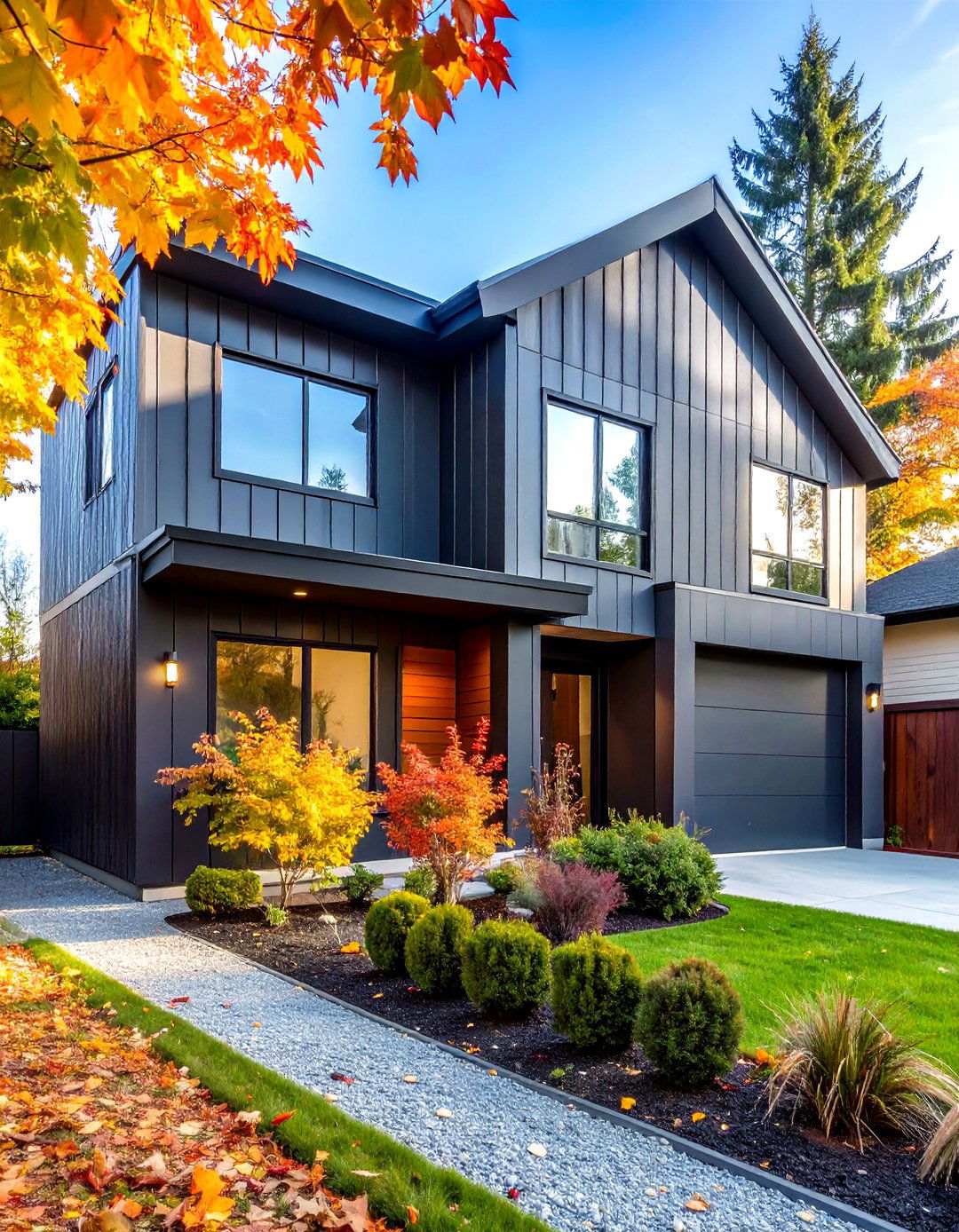
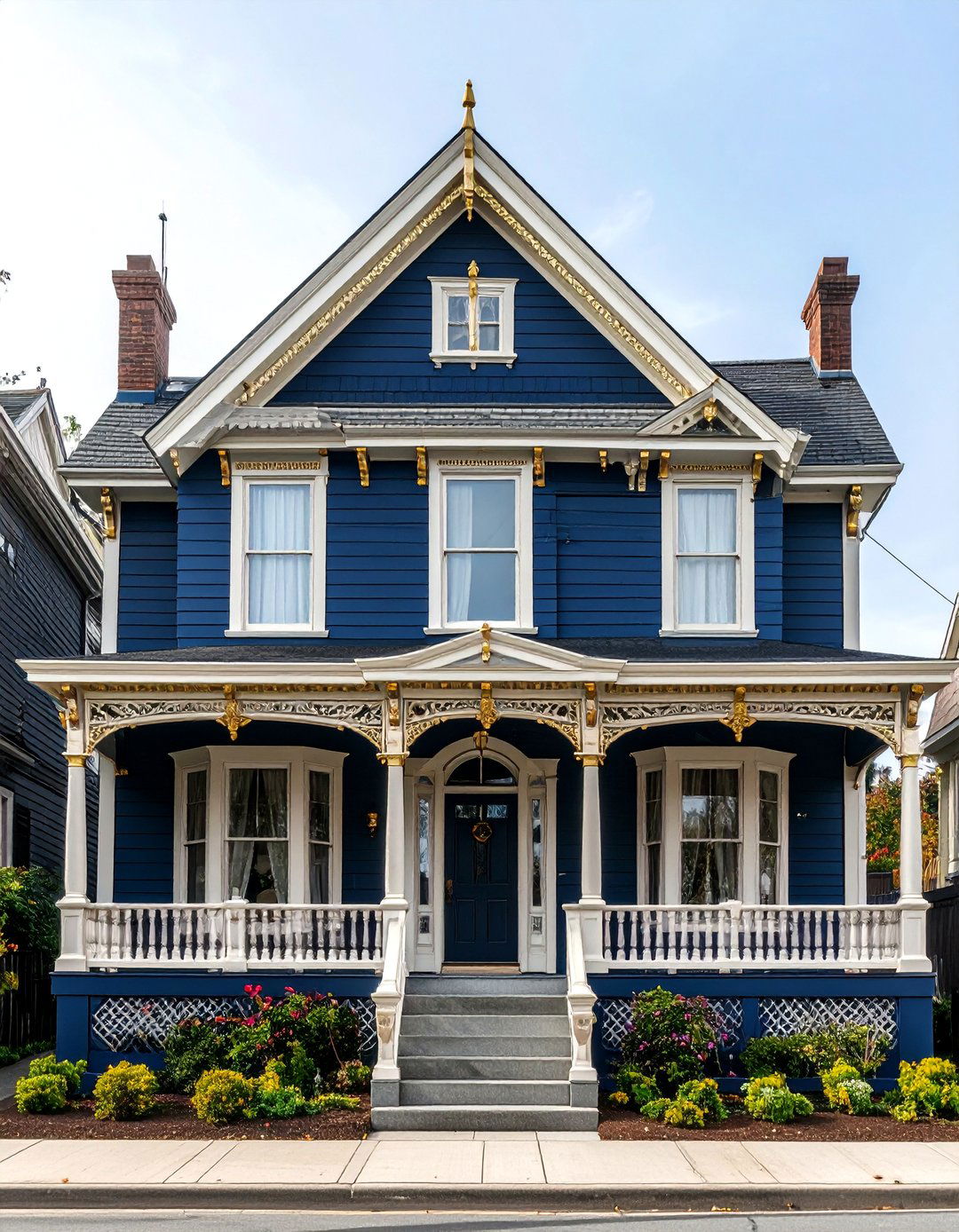

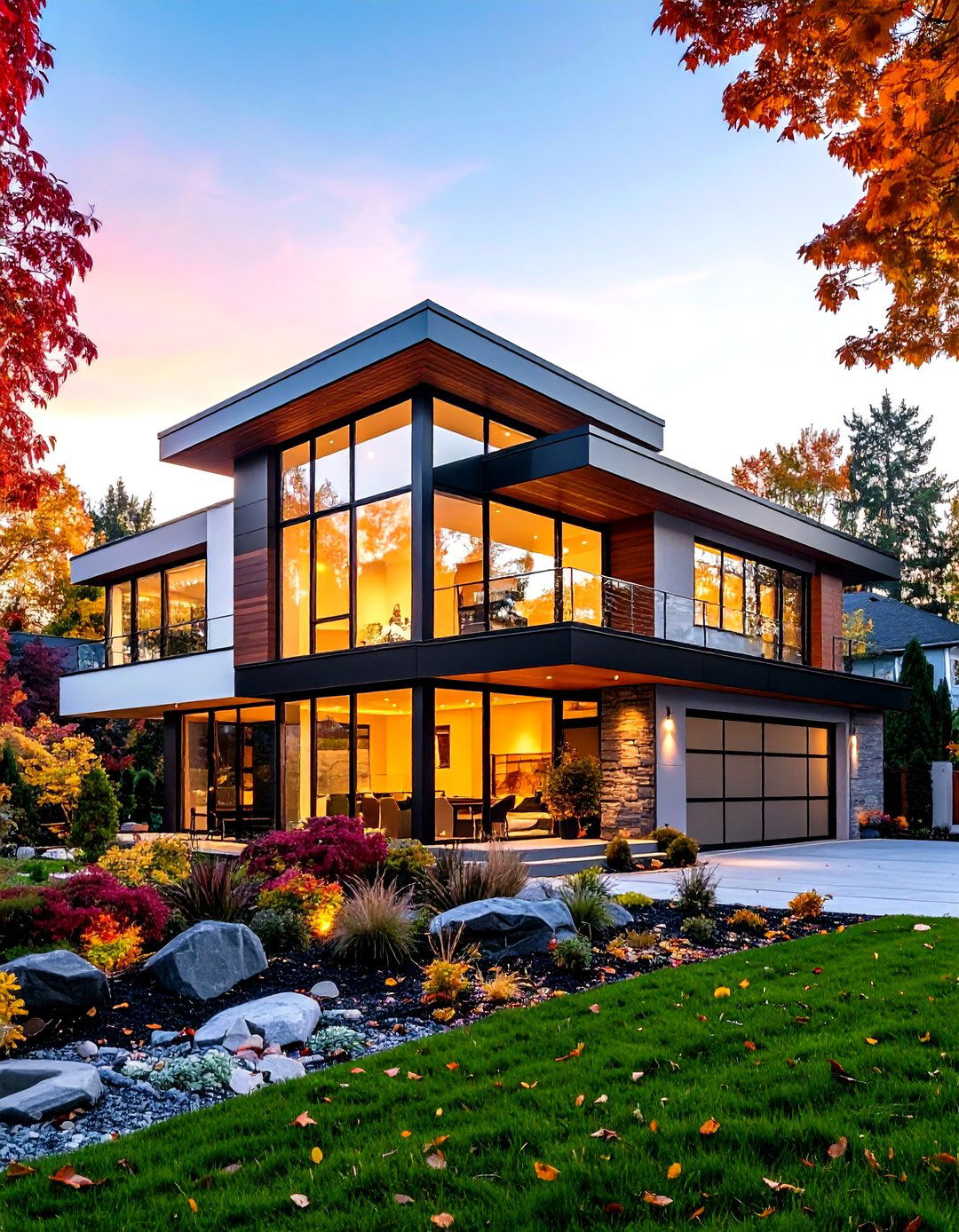
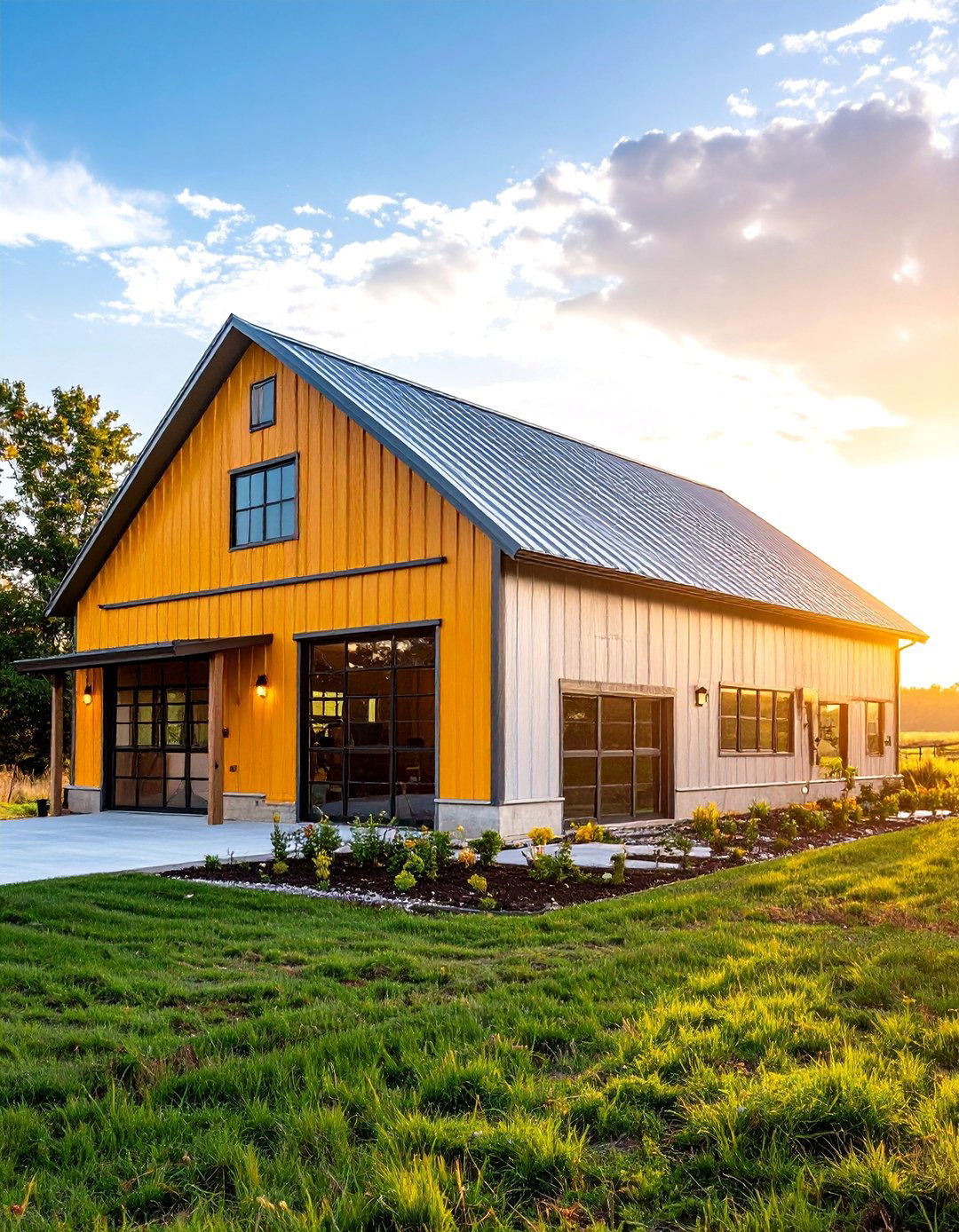
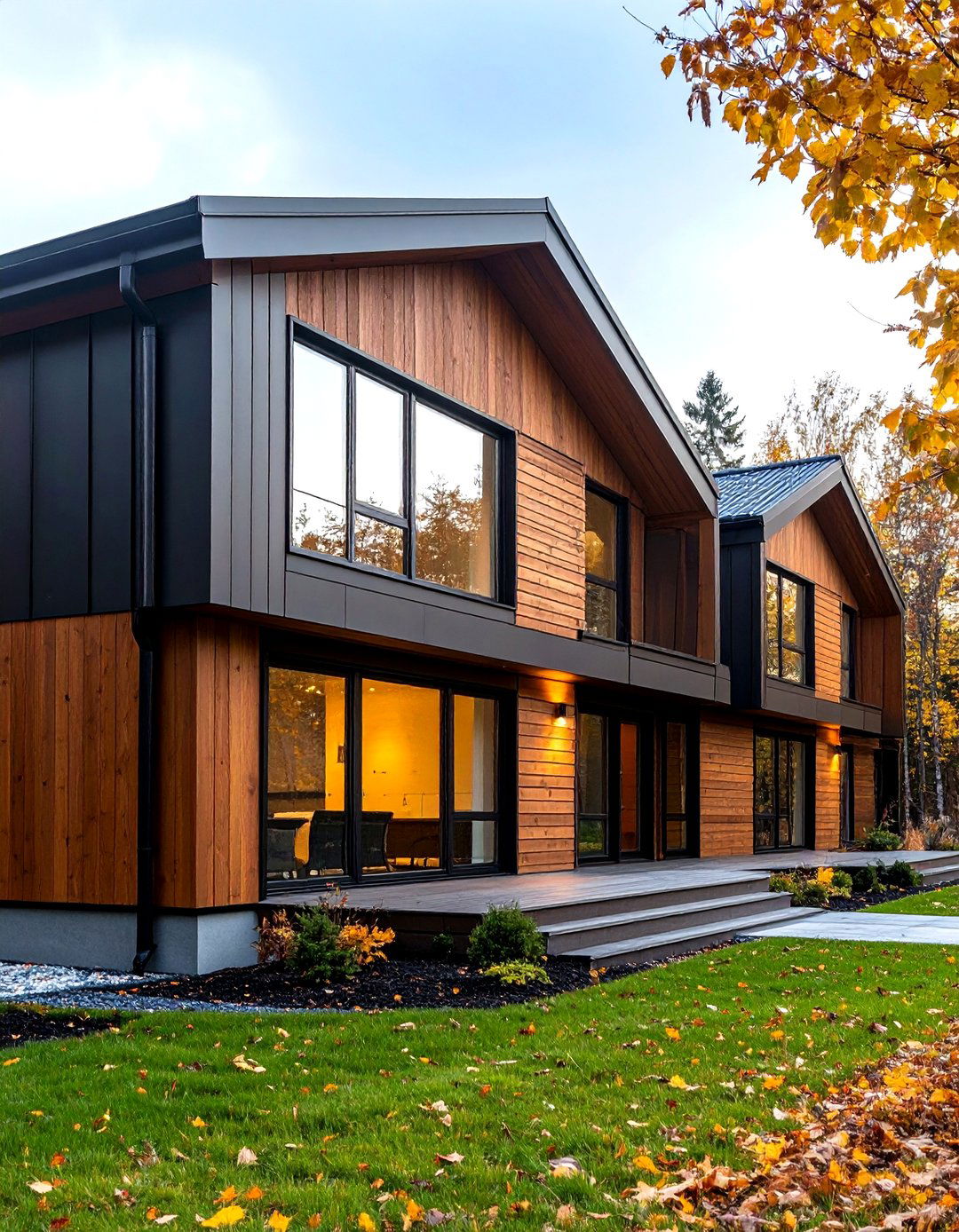
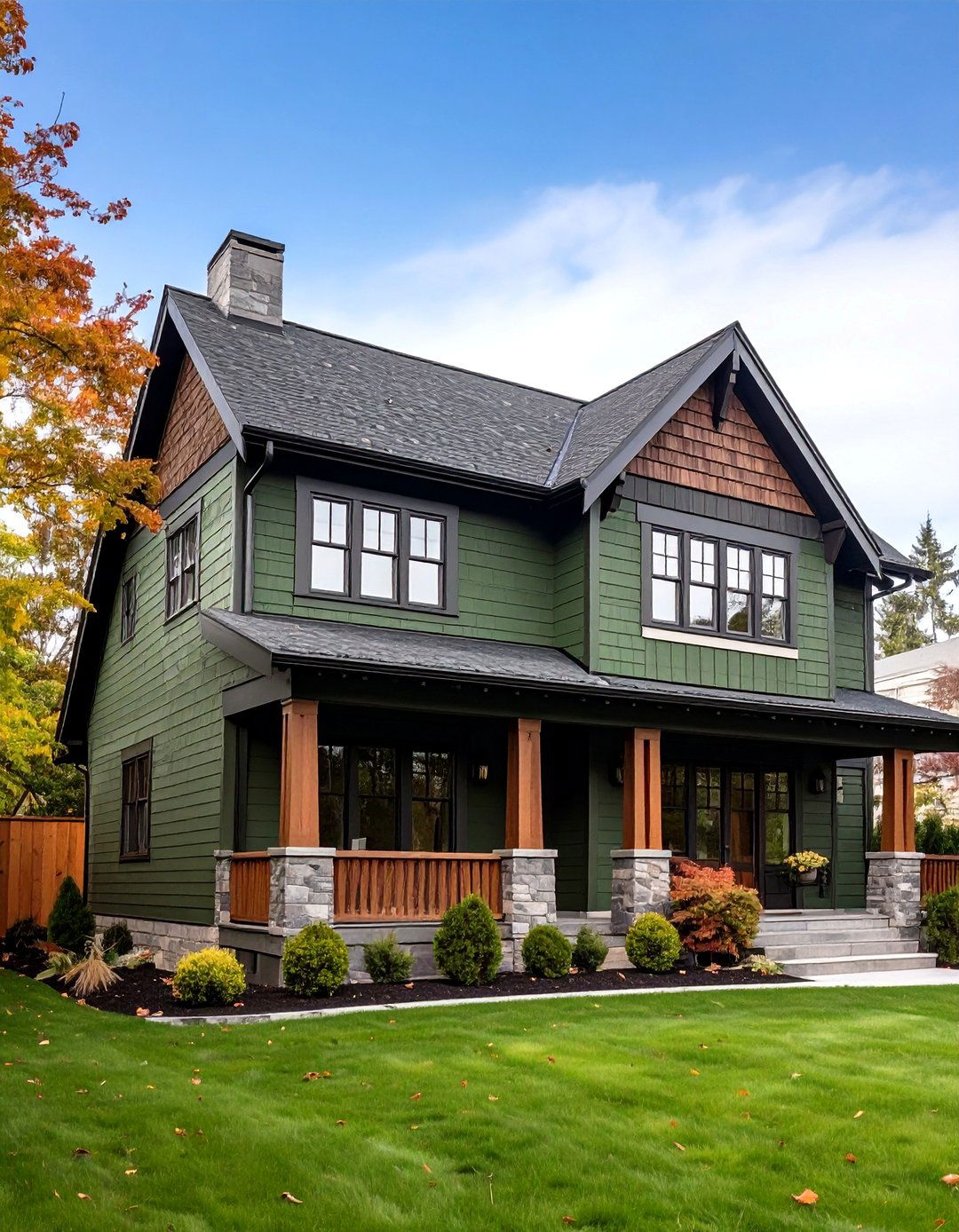
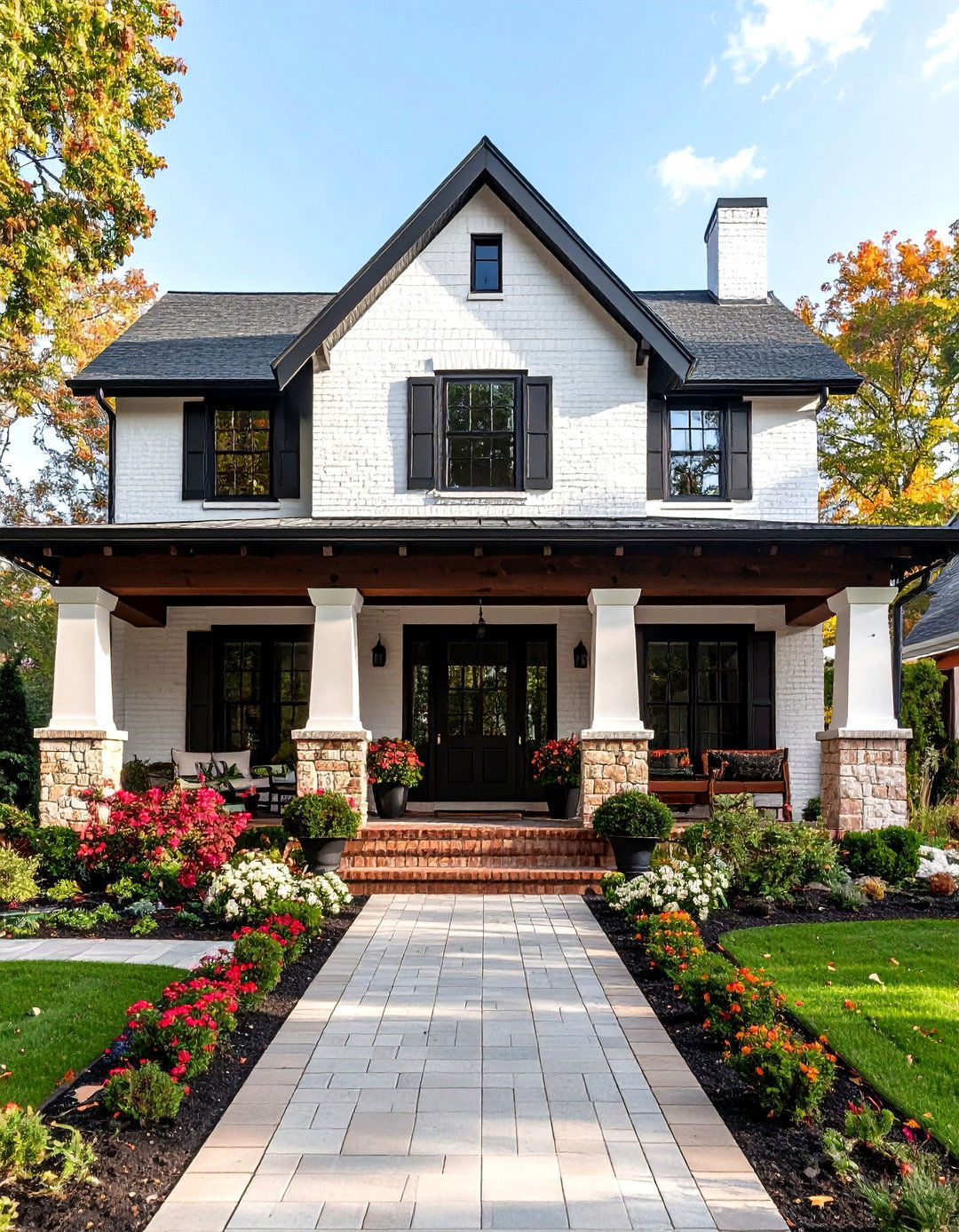
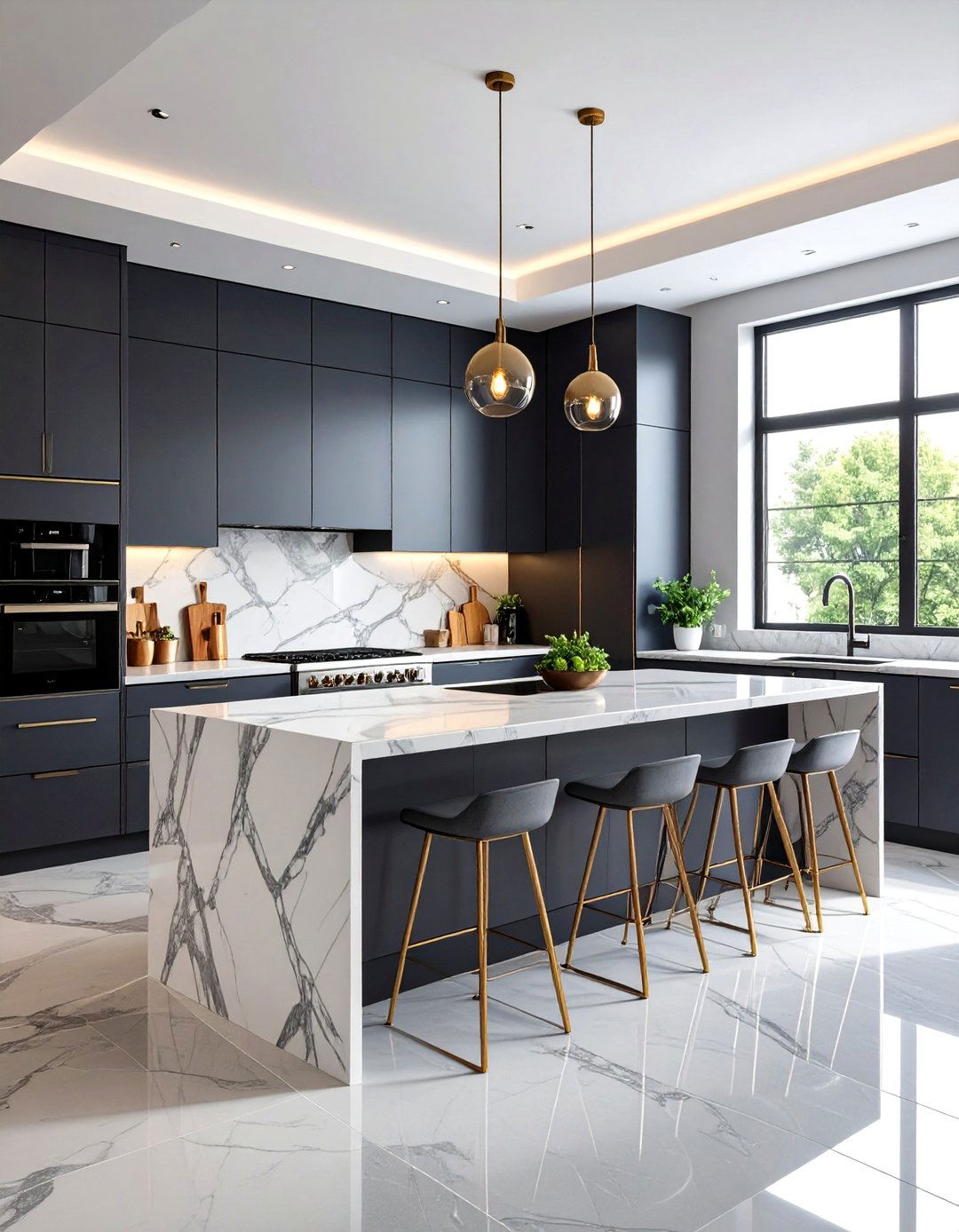
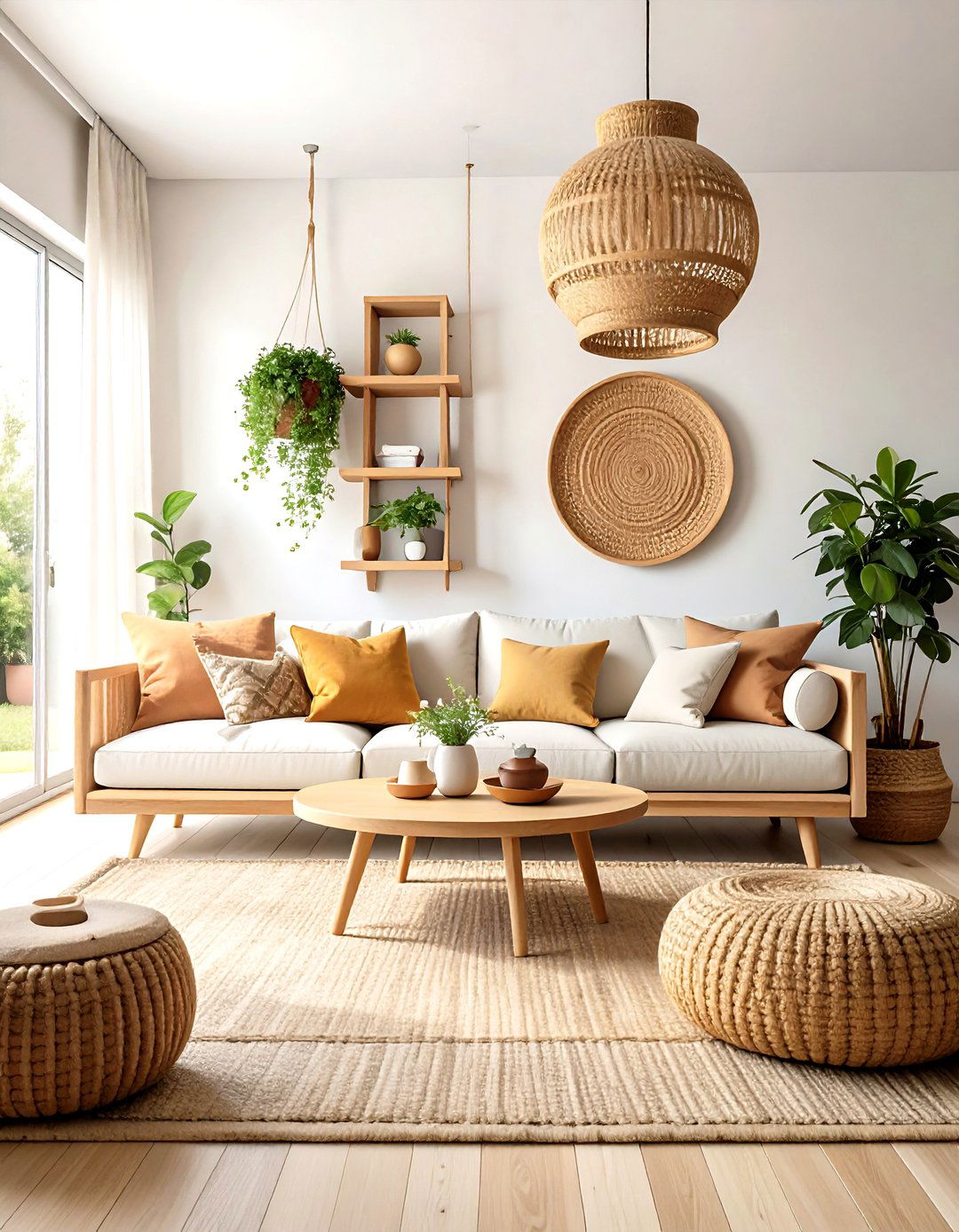
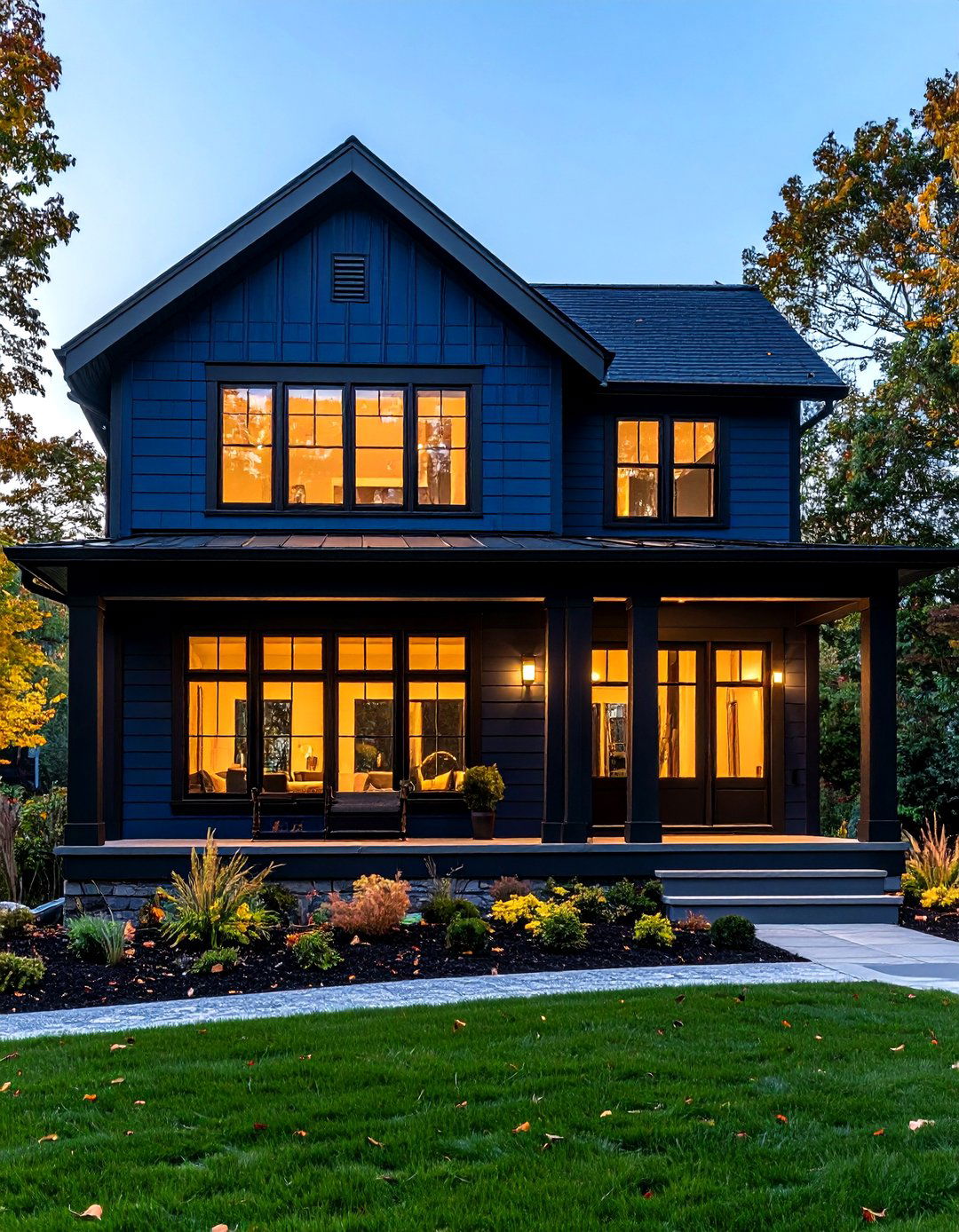
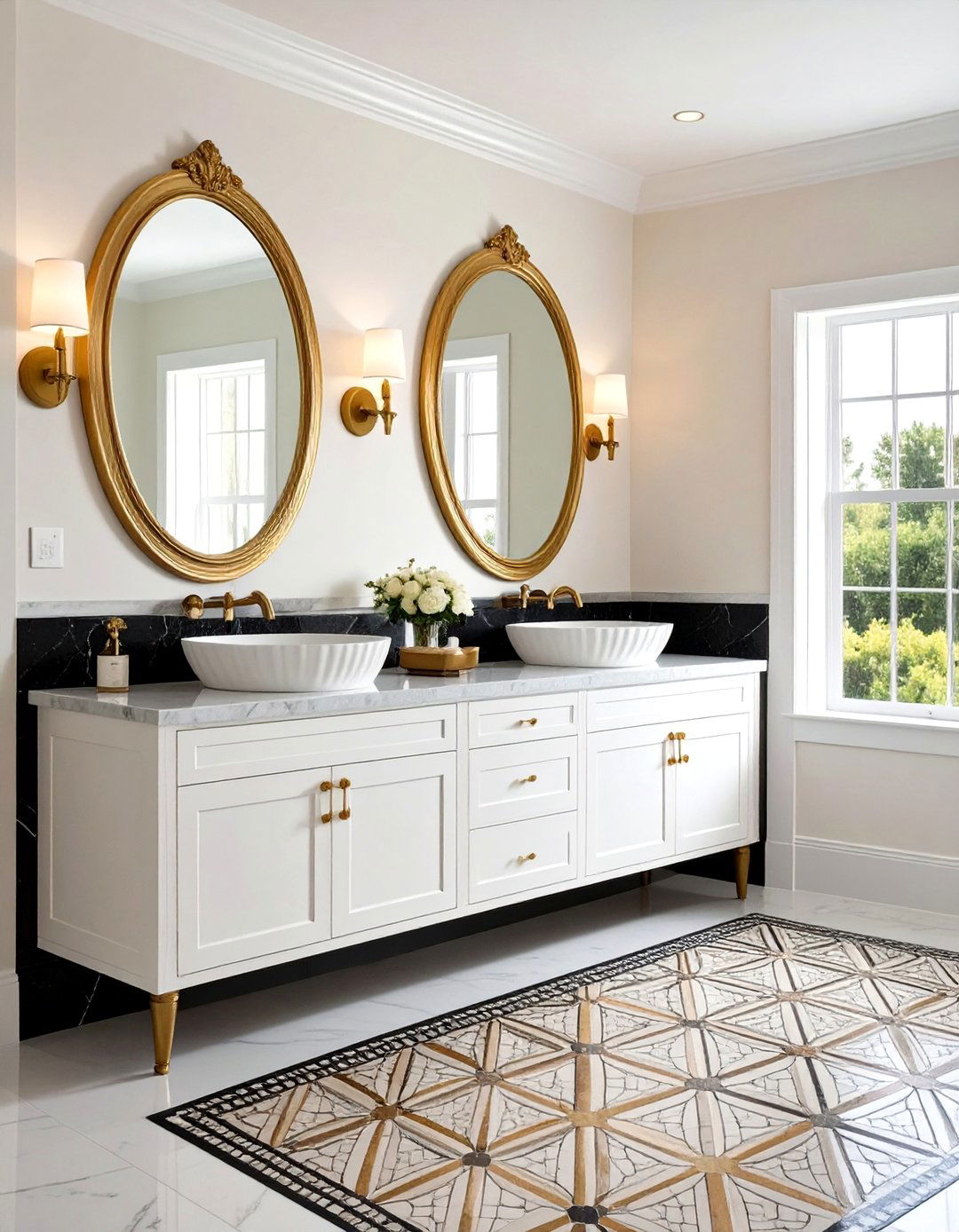
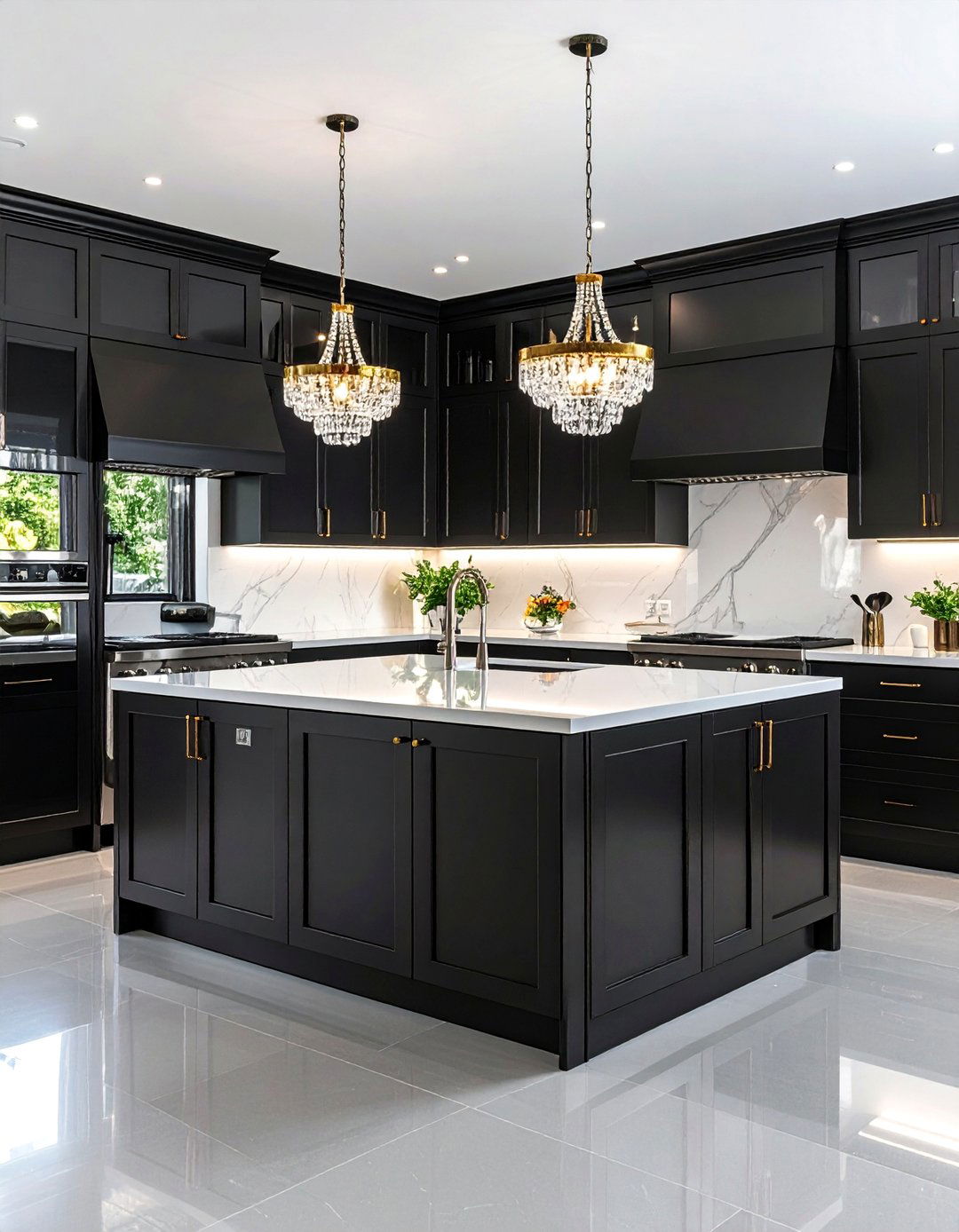
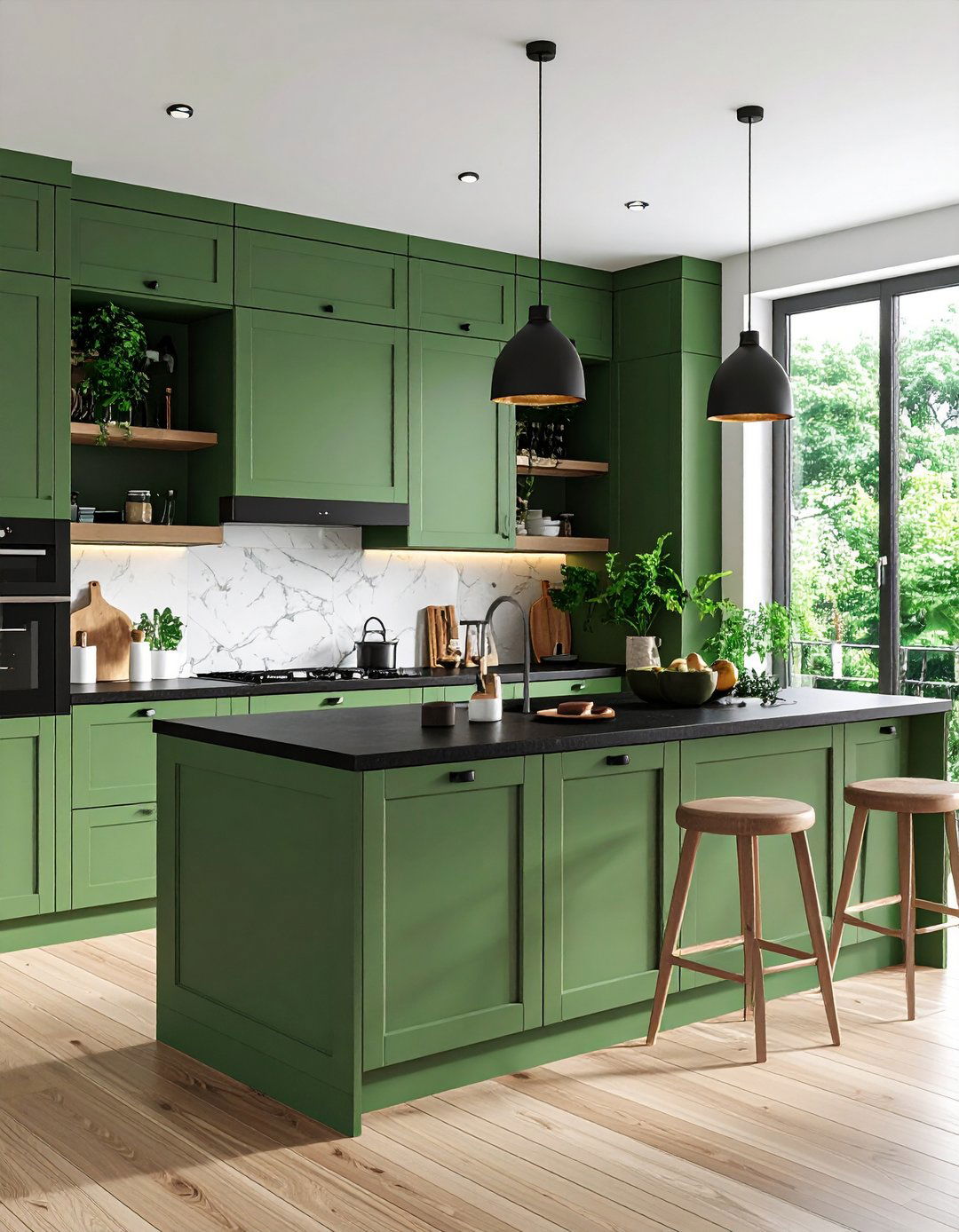
Leave a Reply